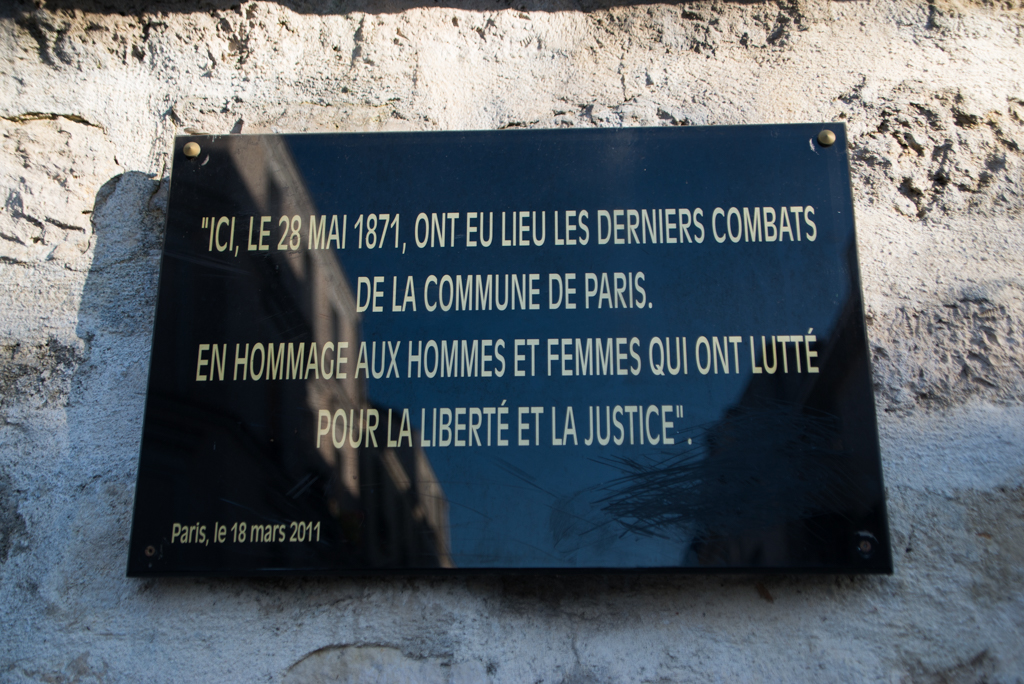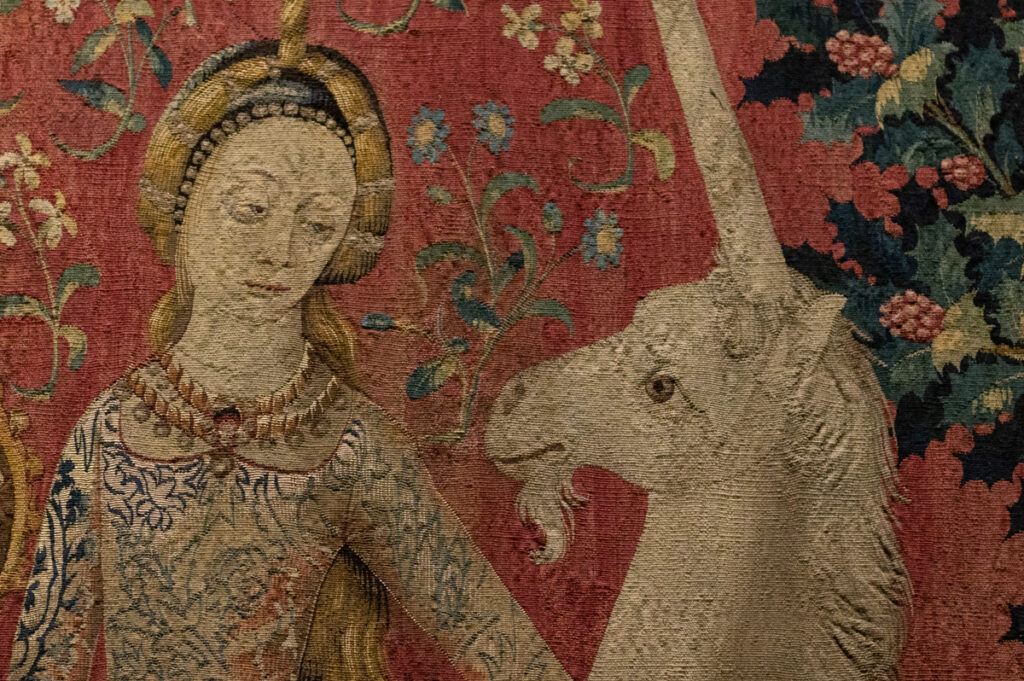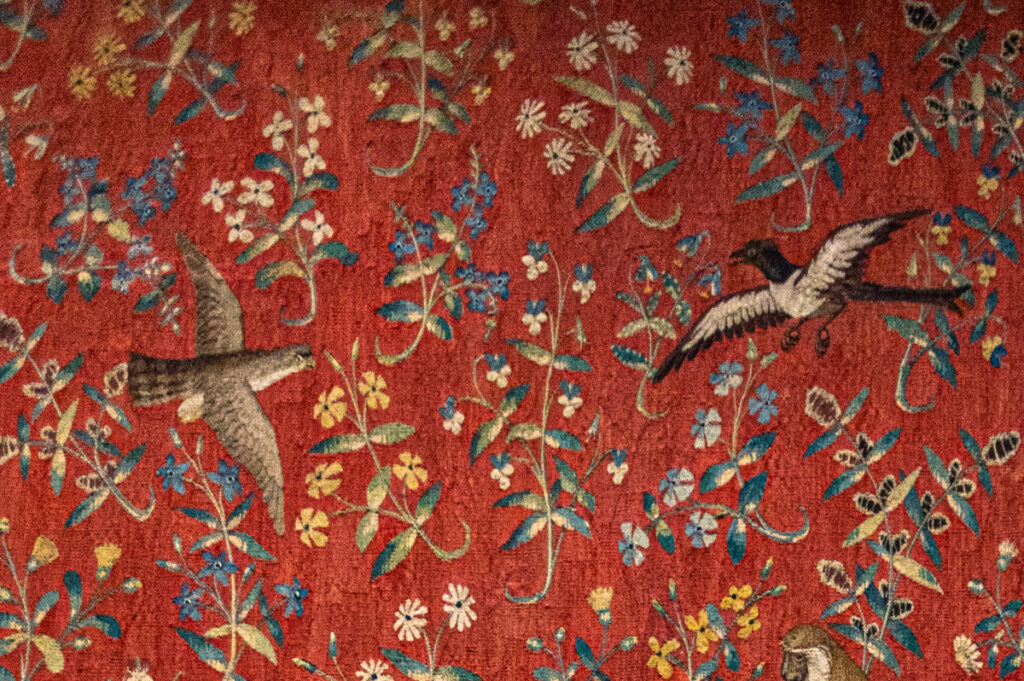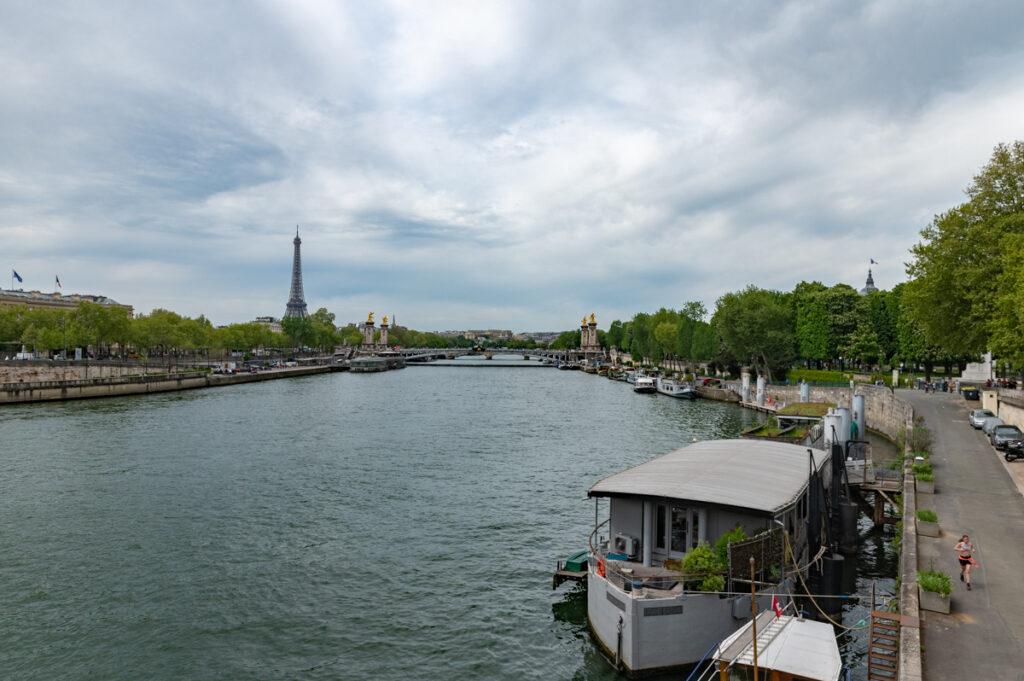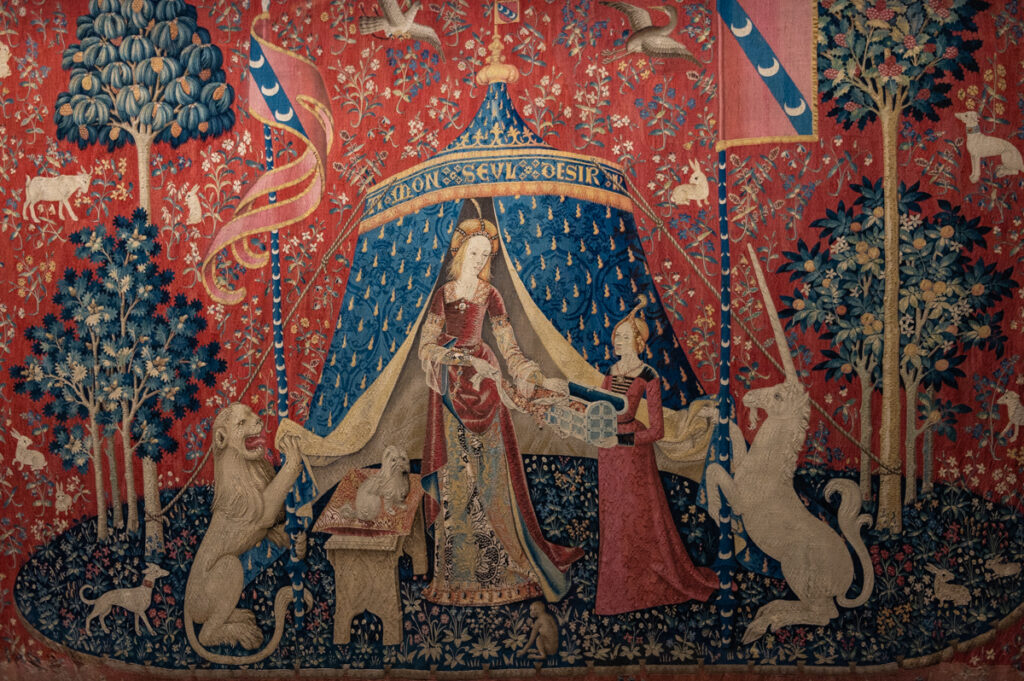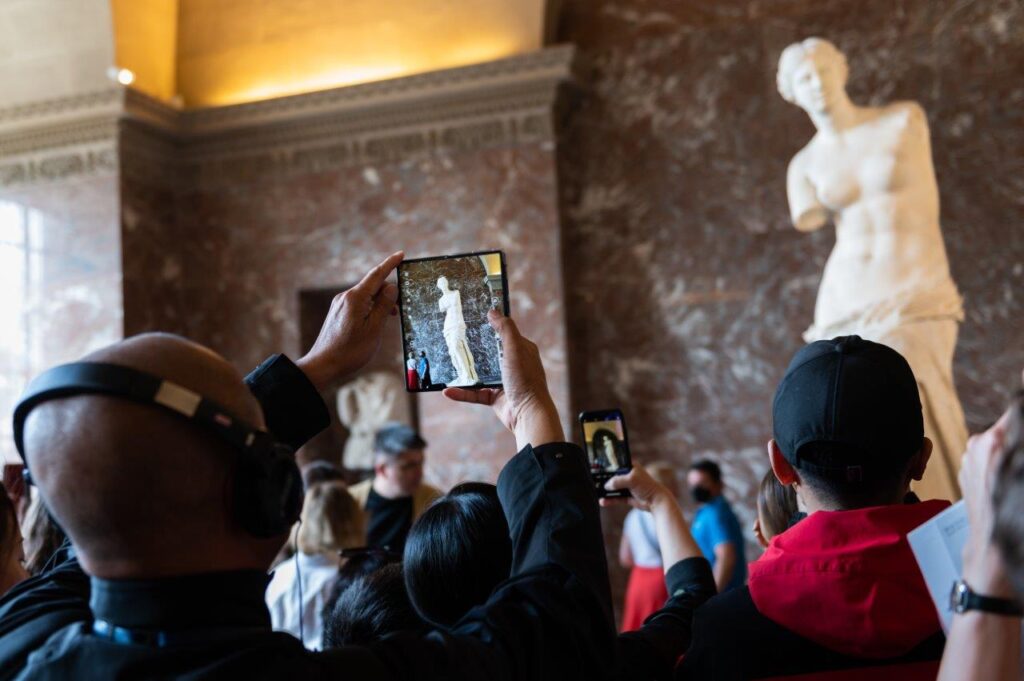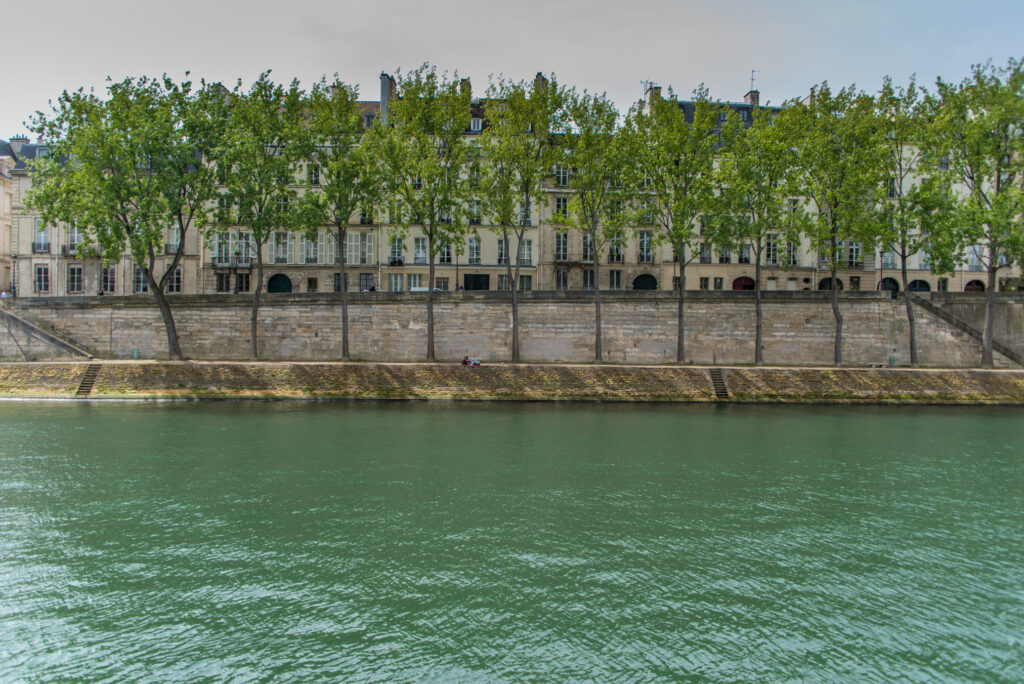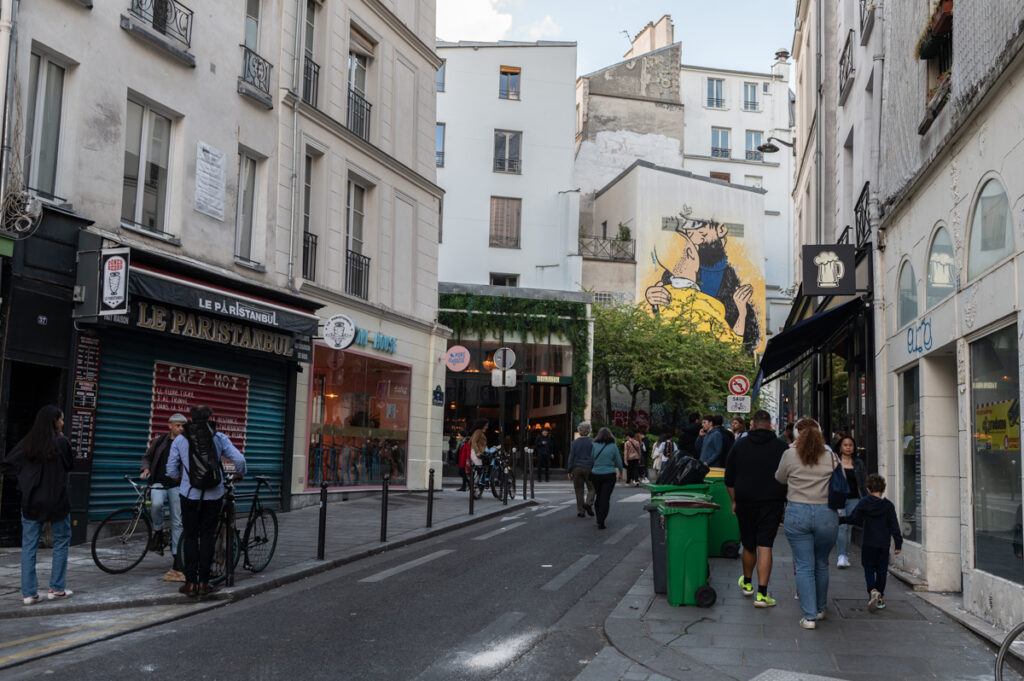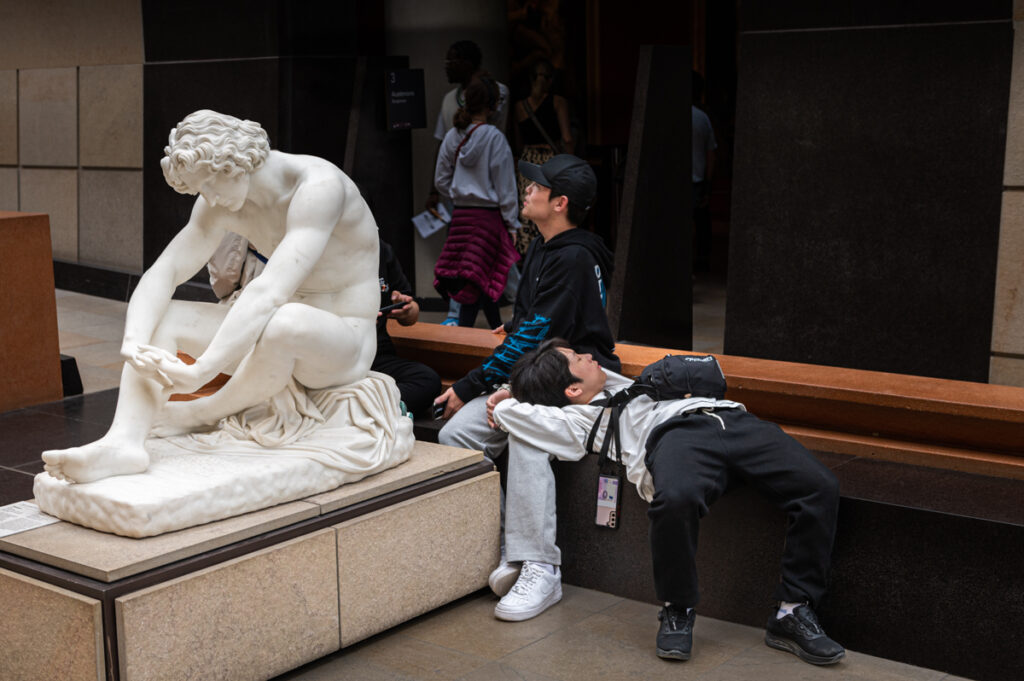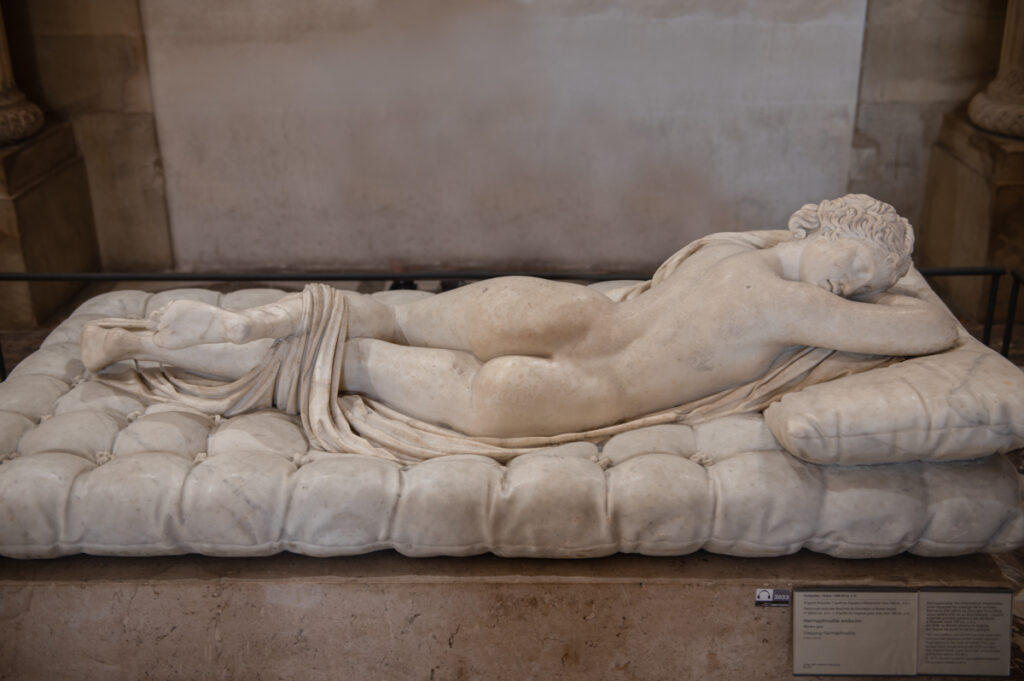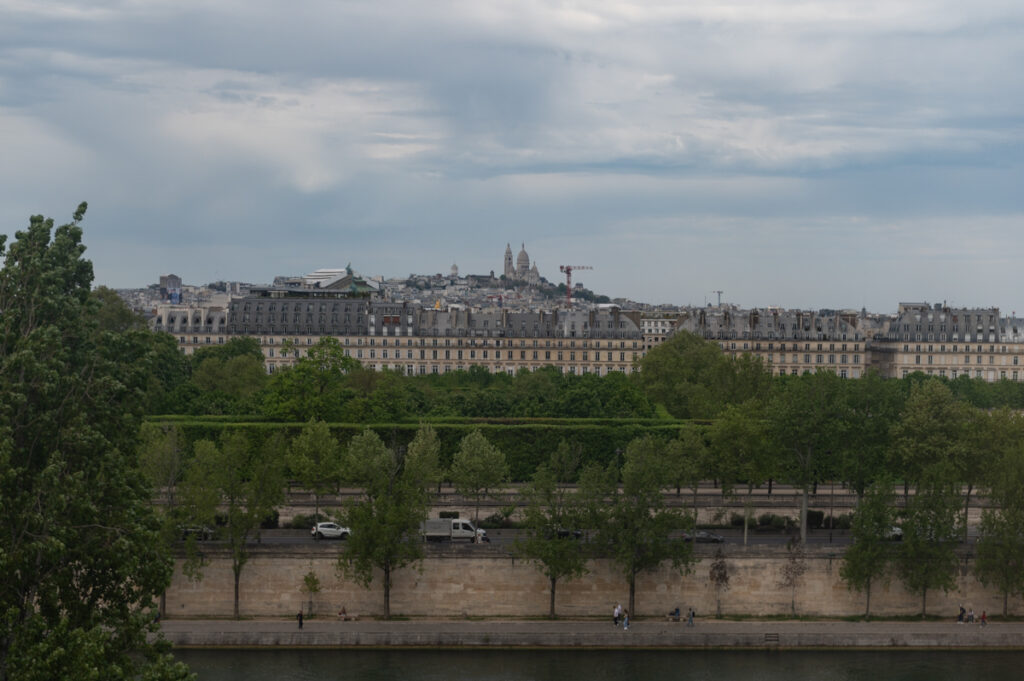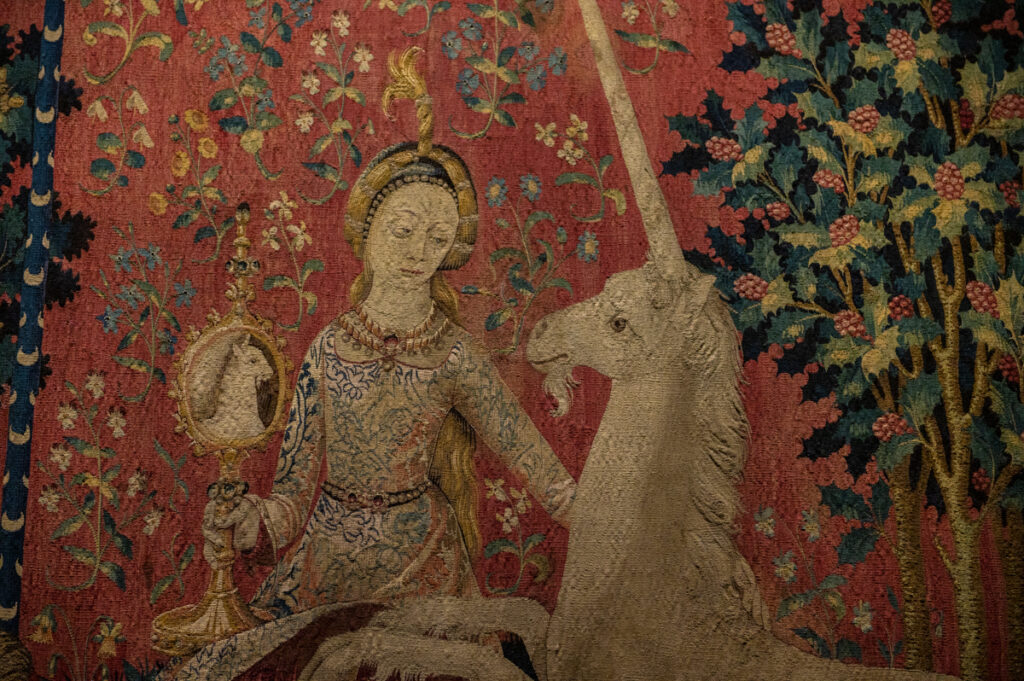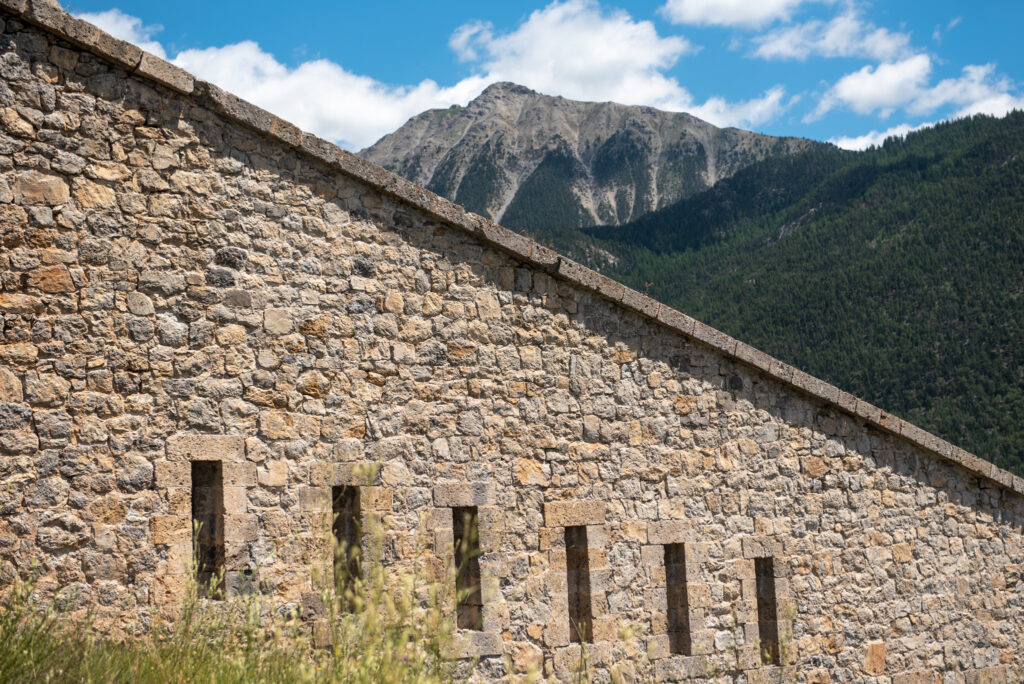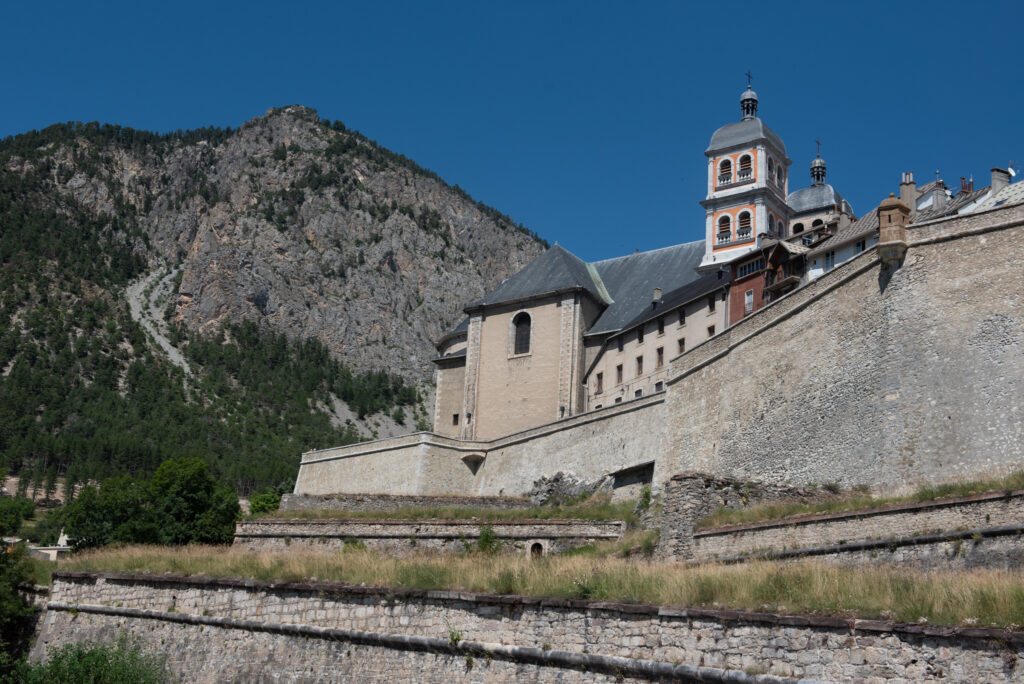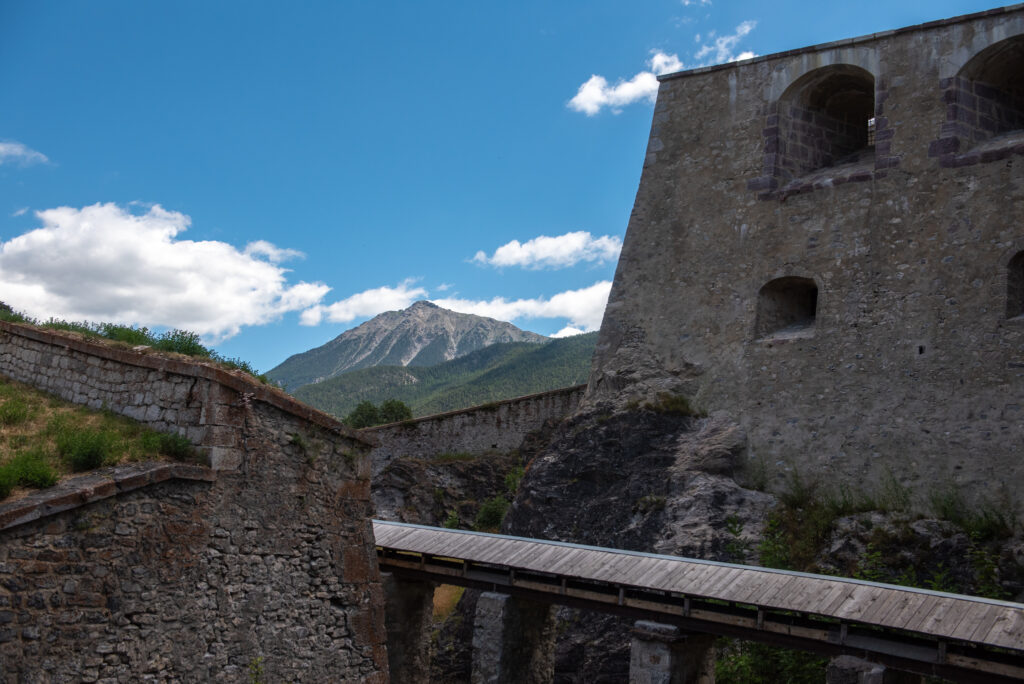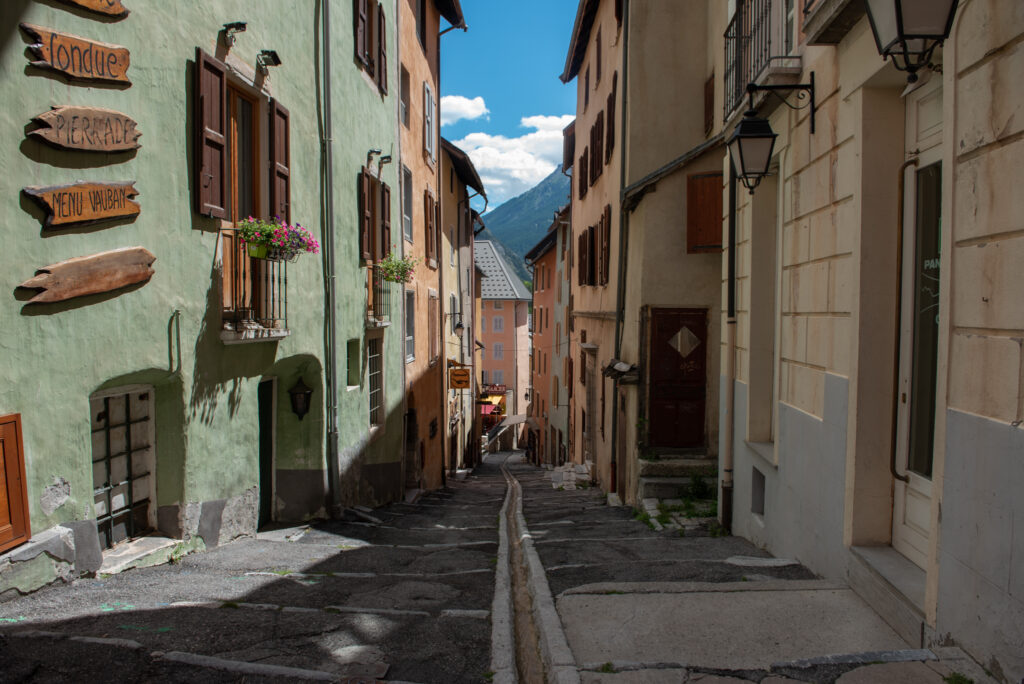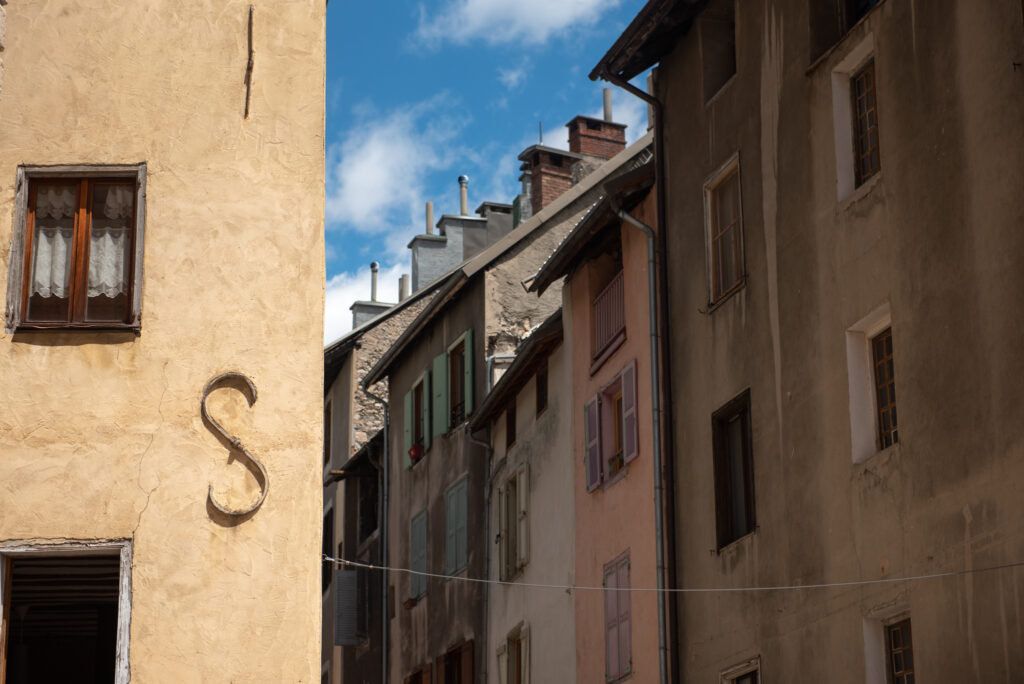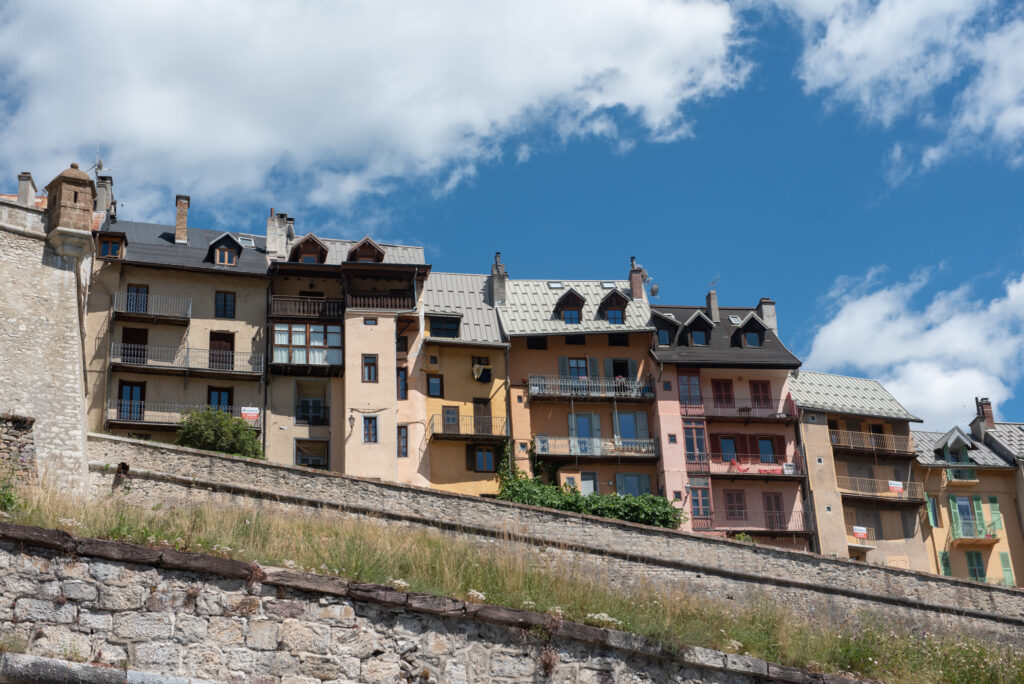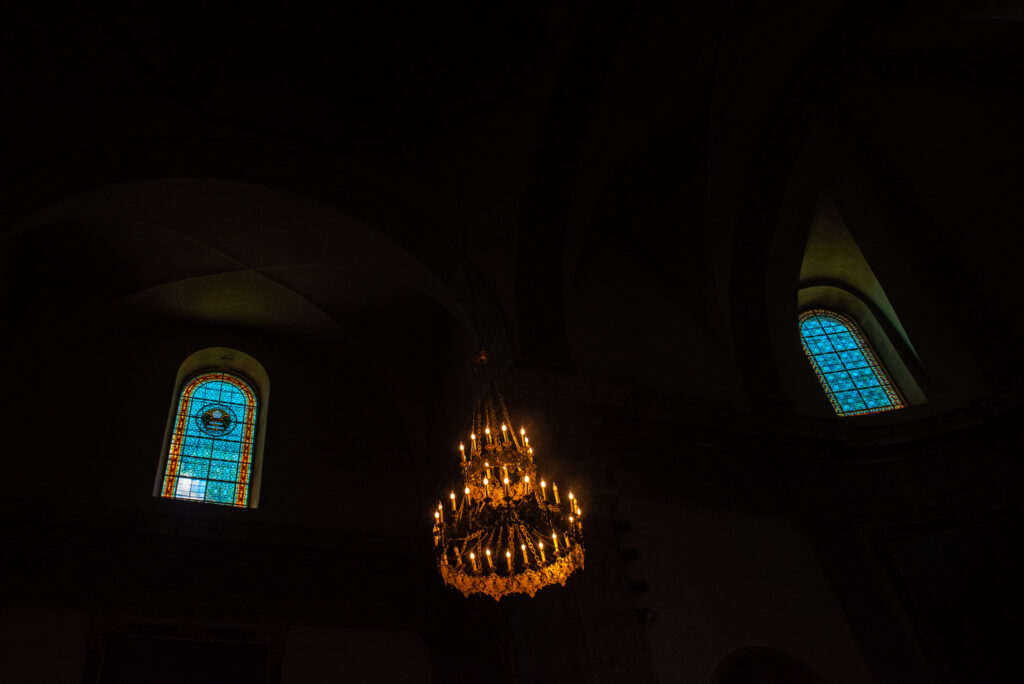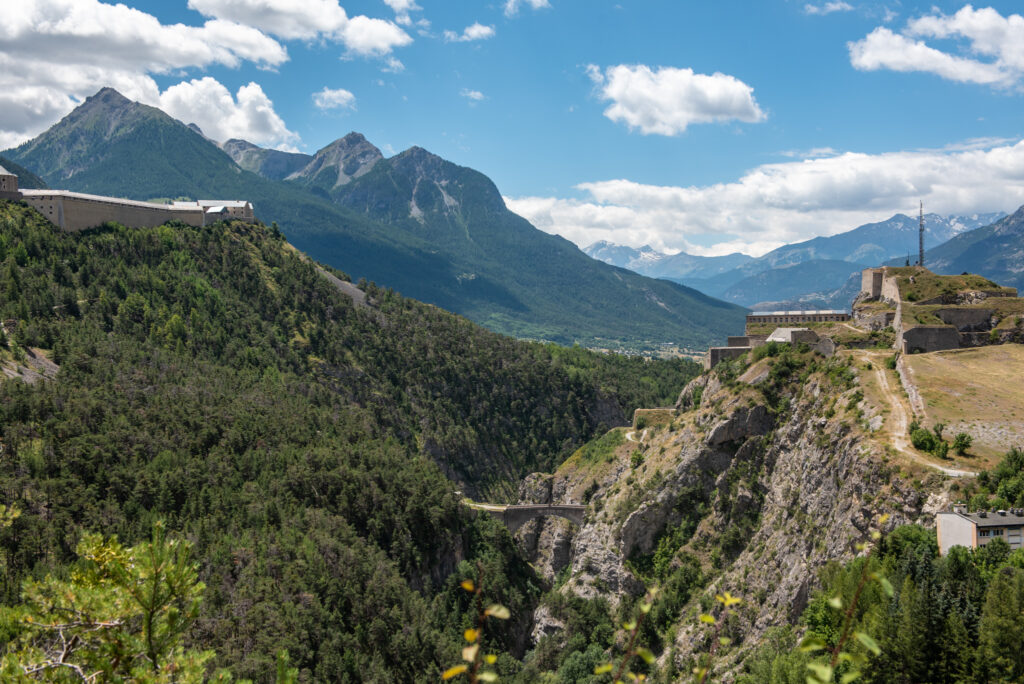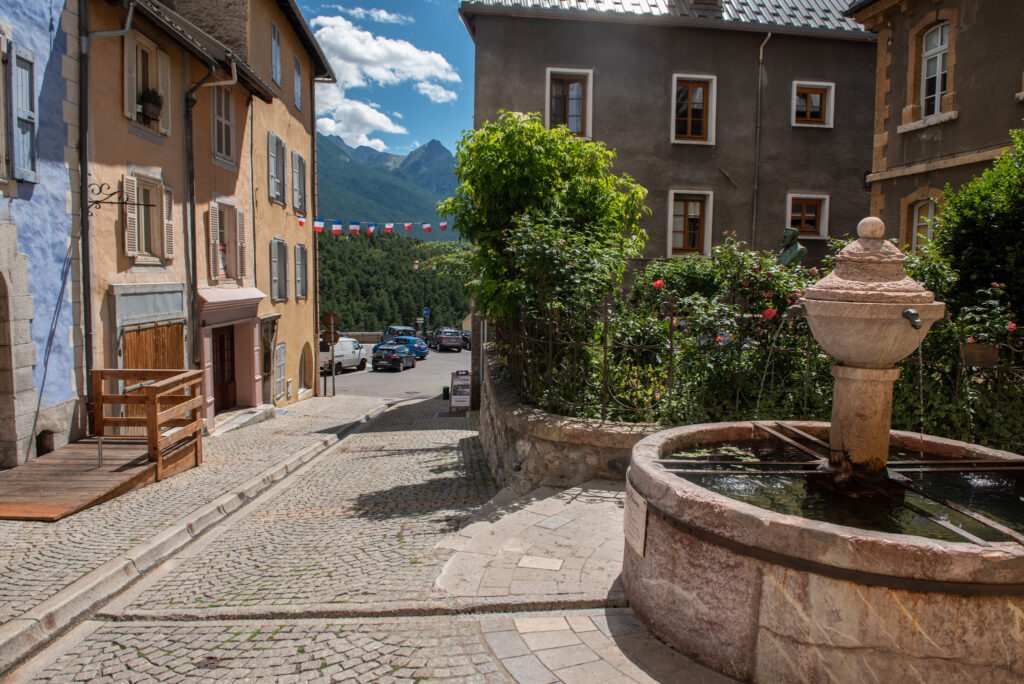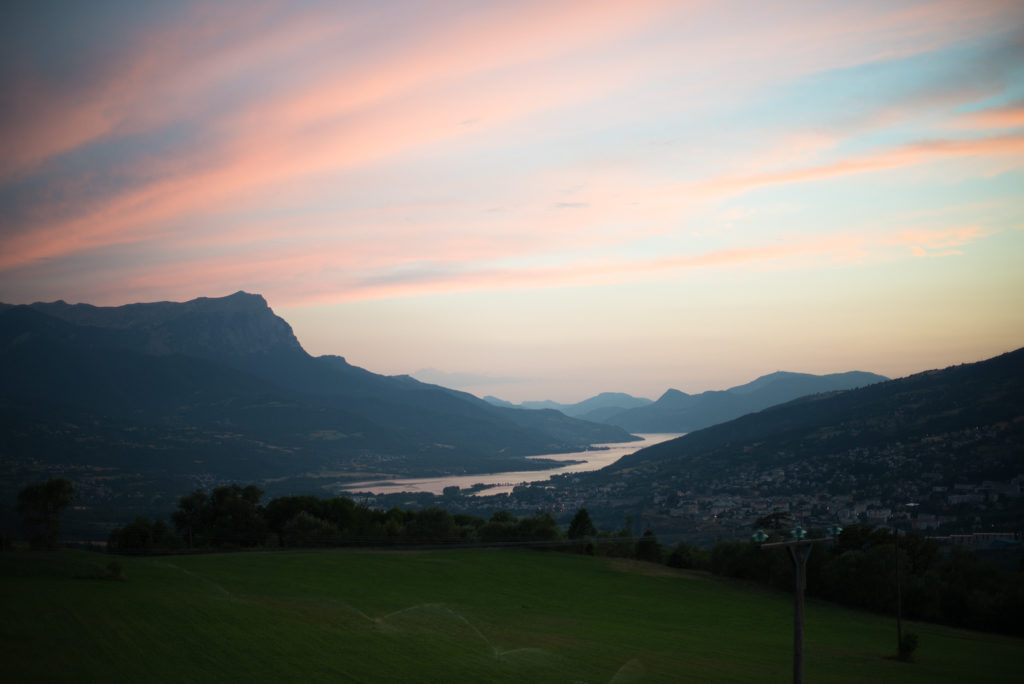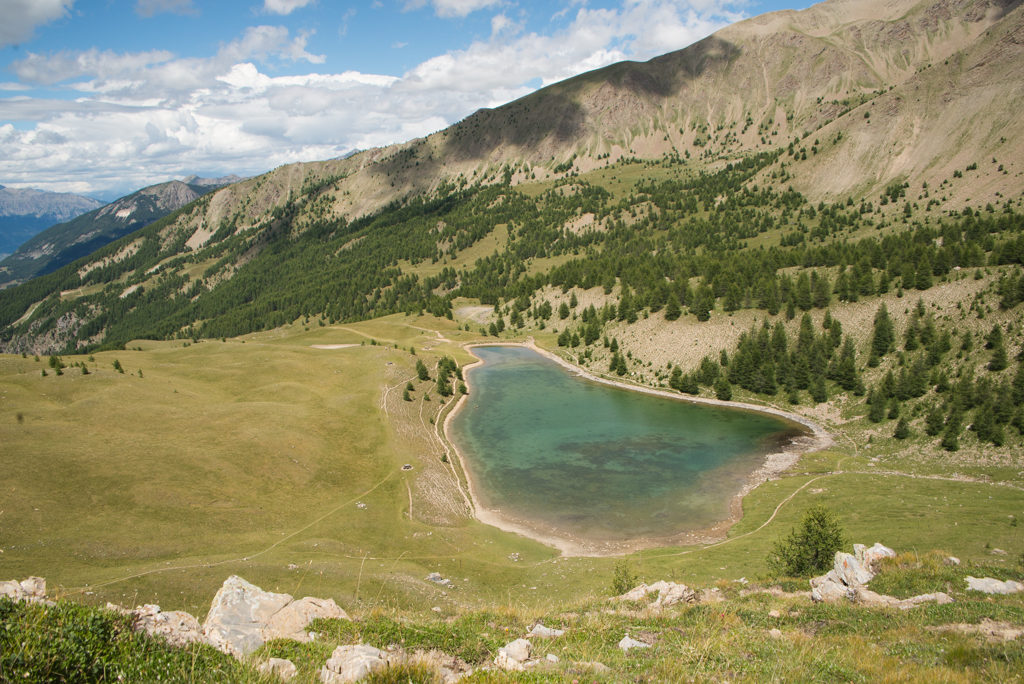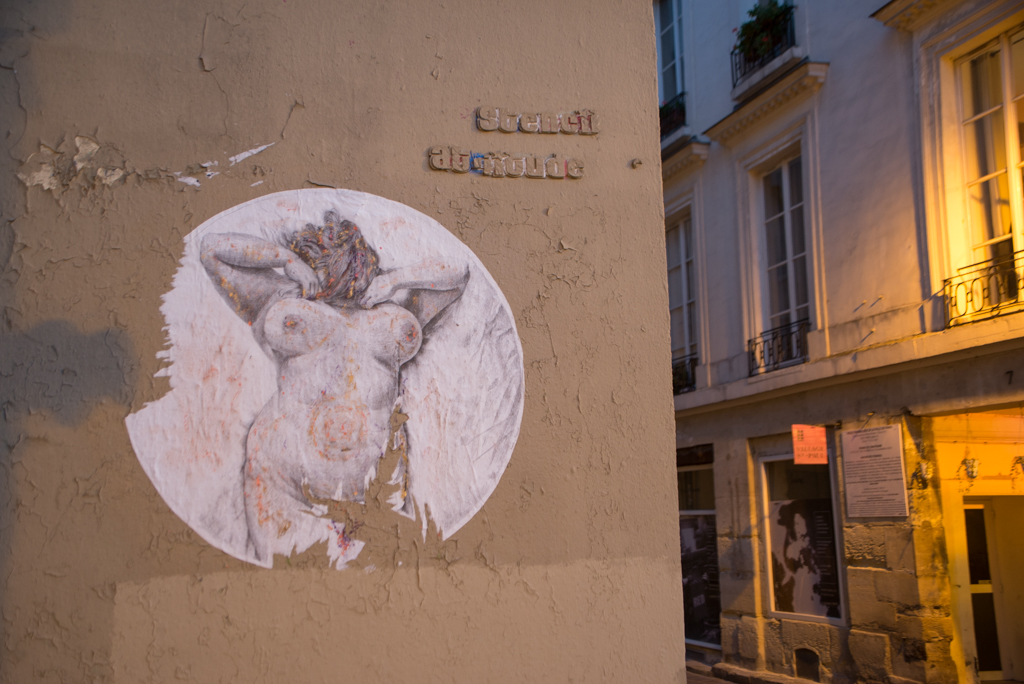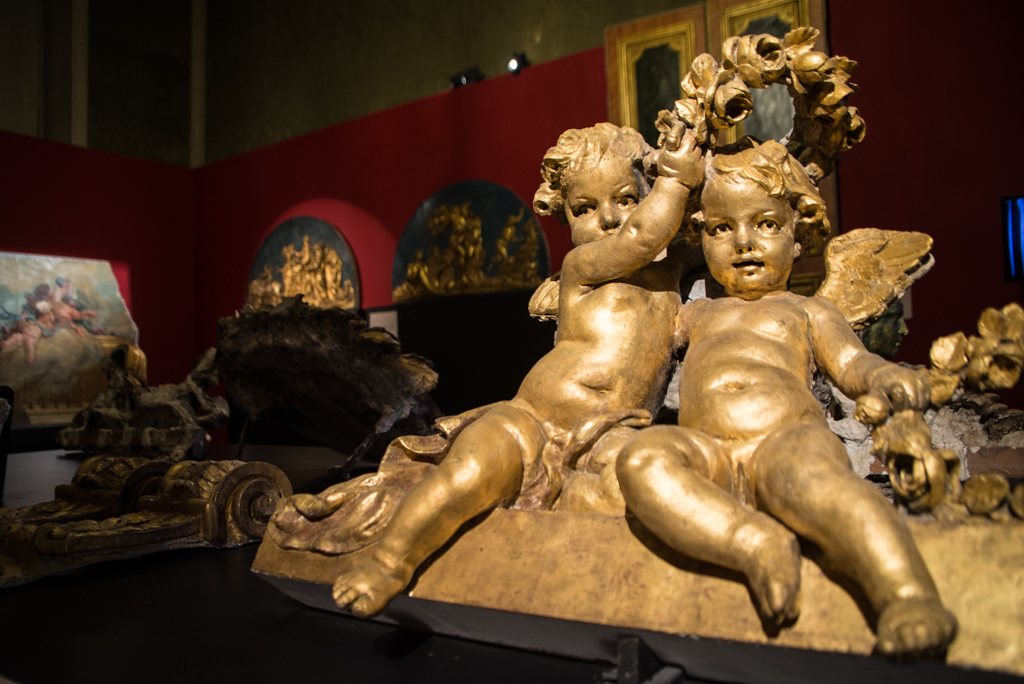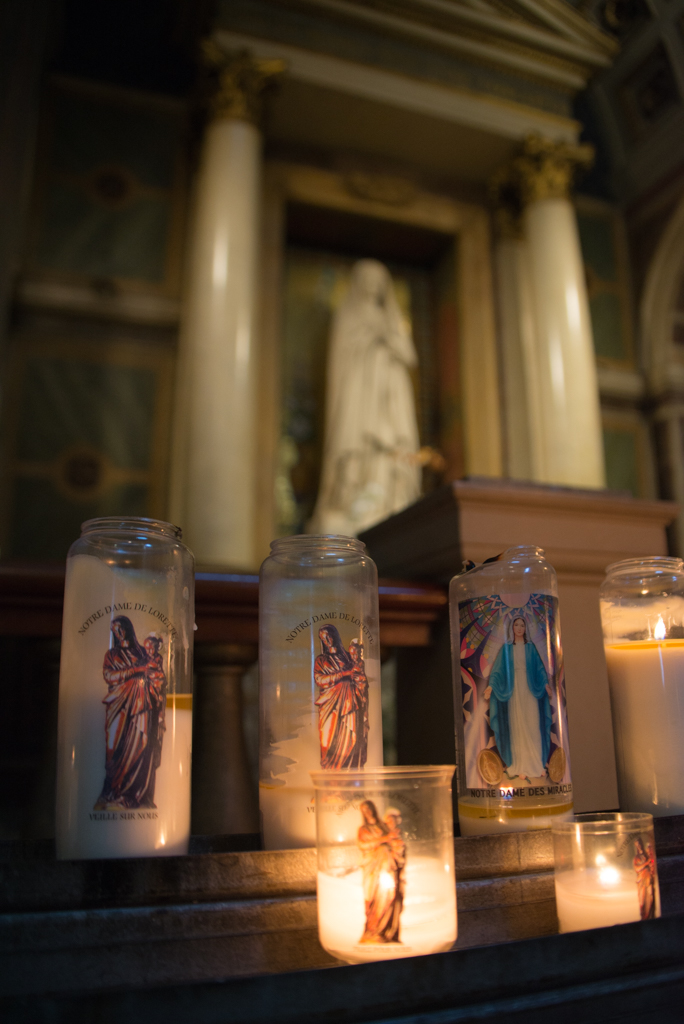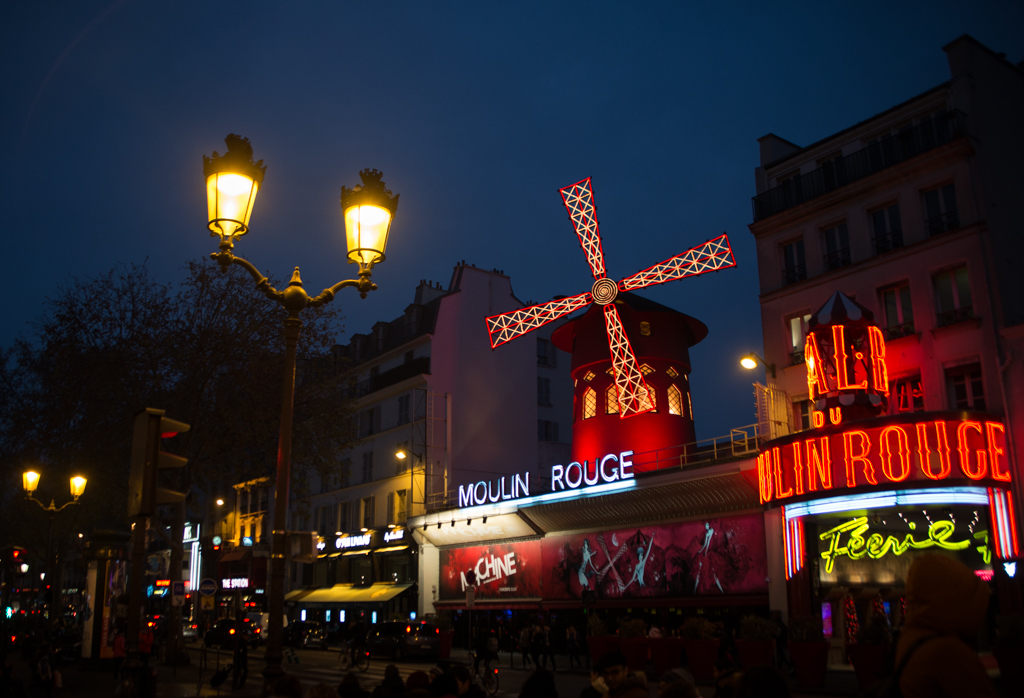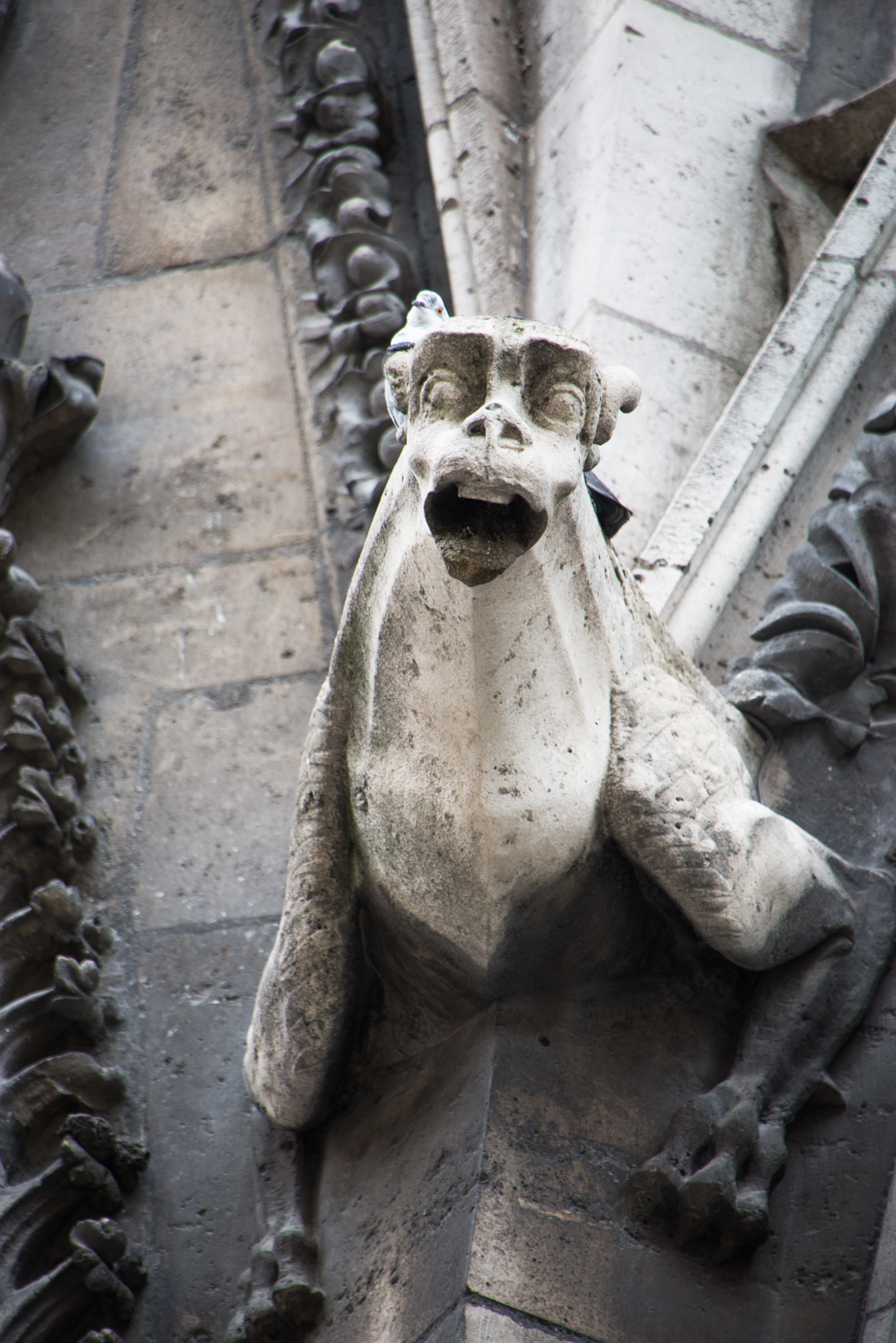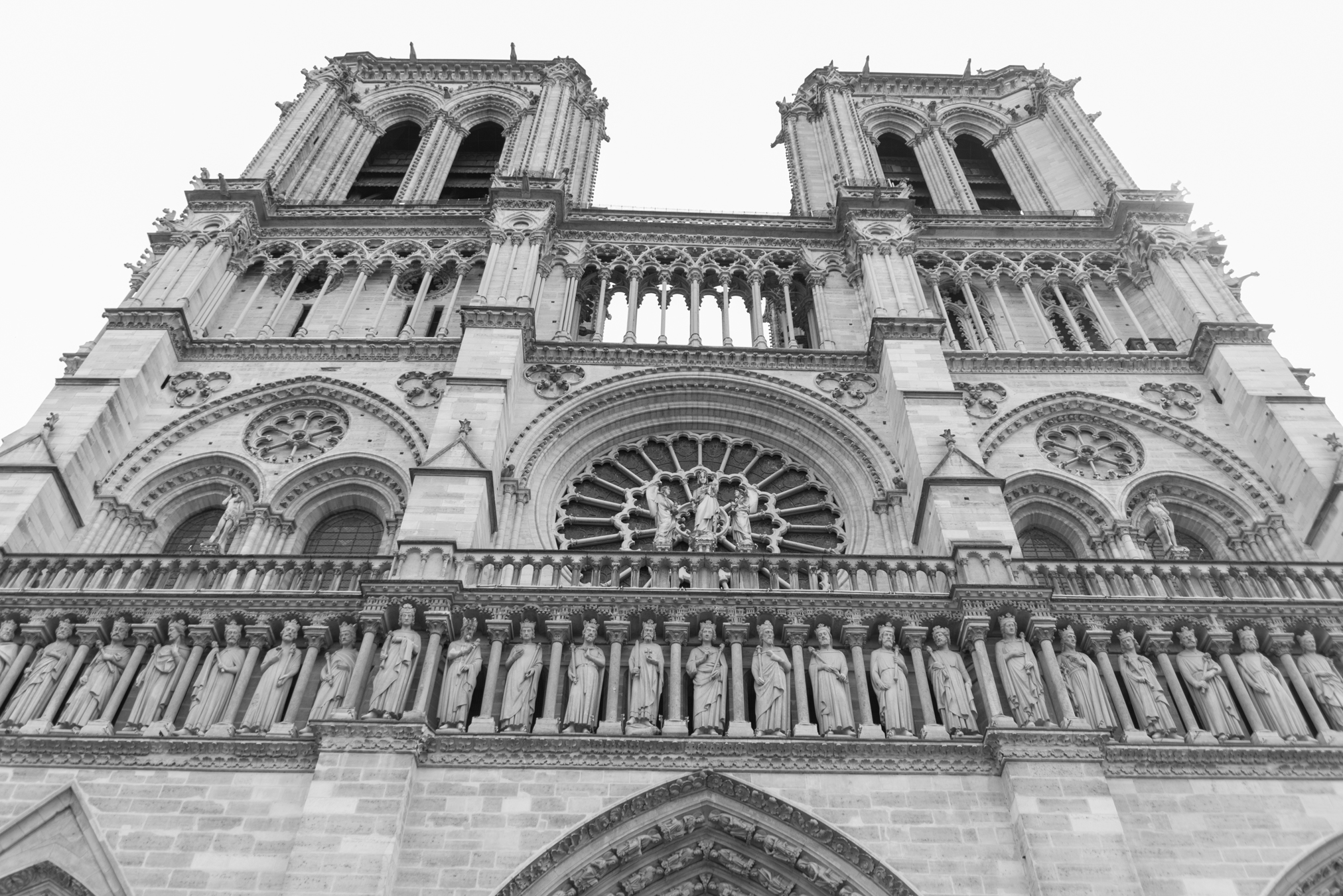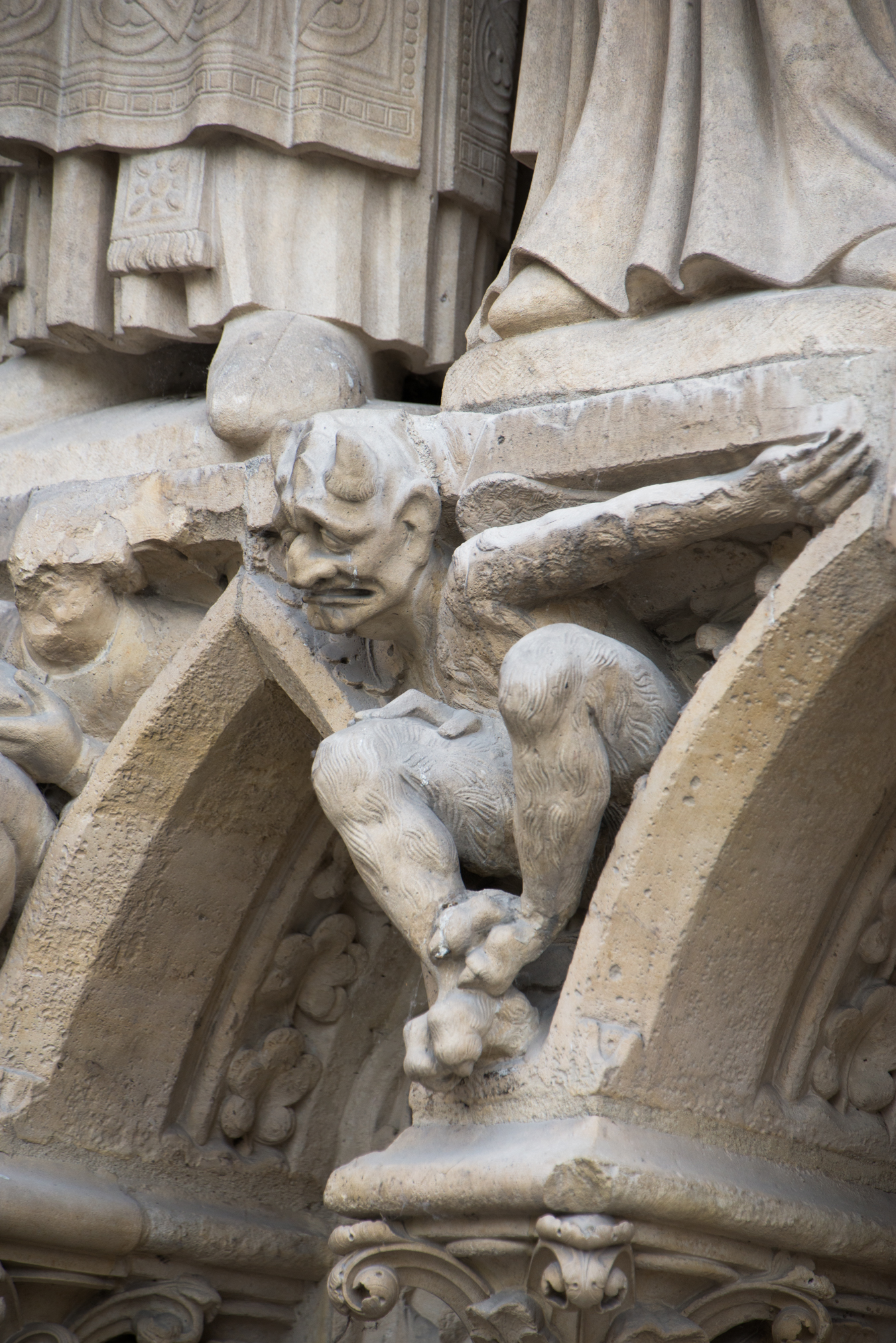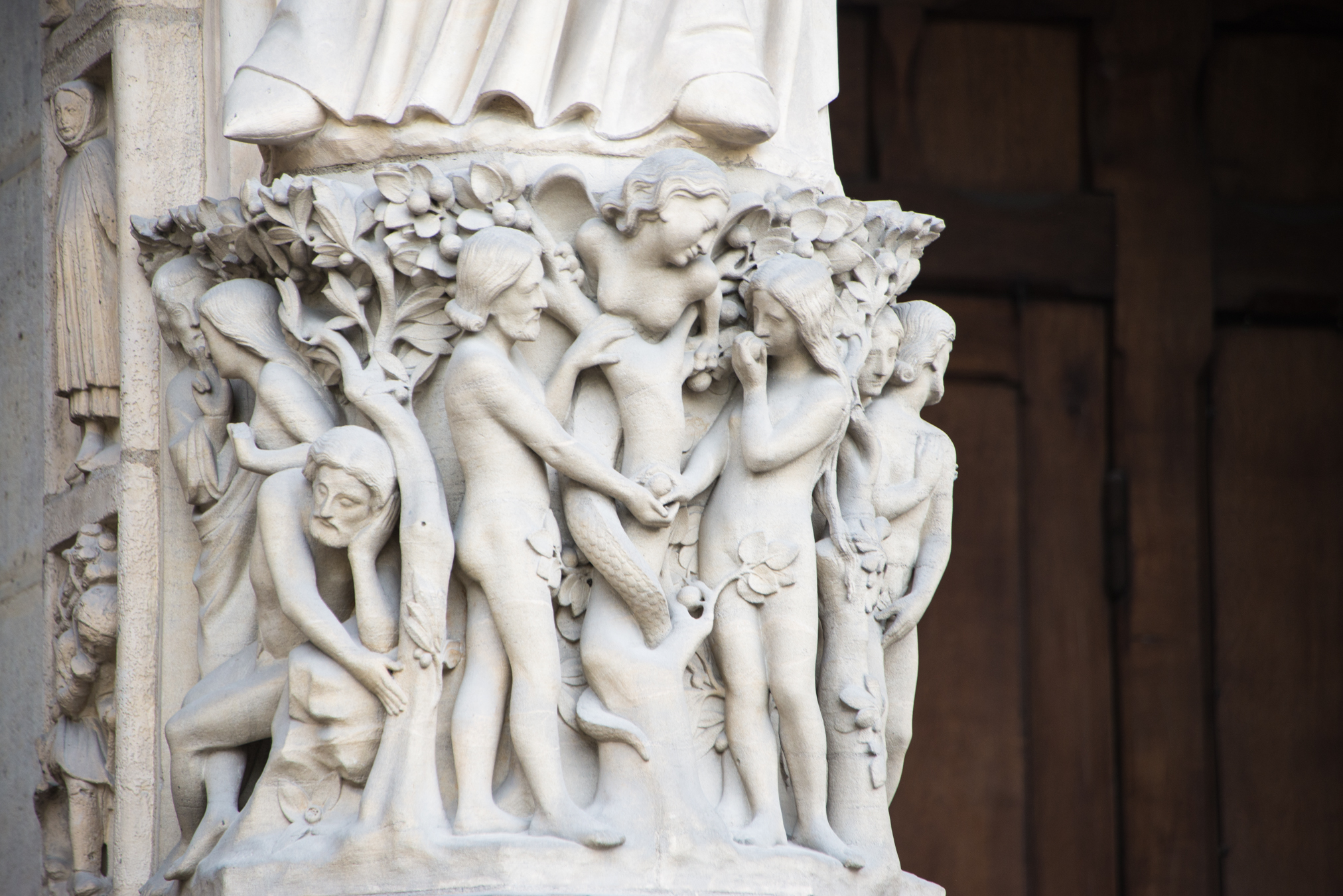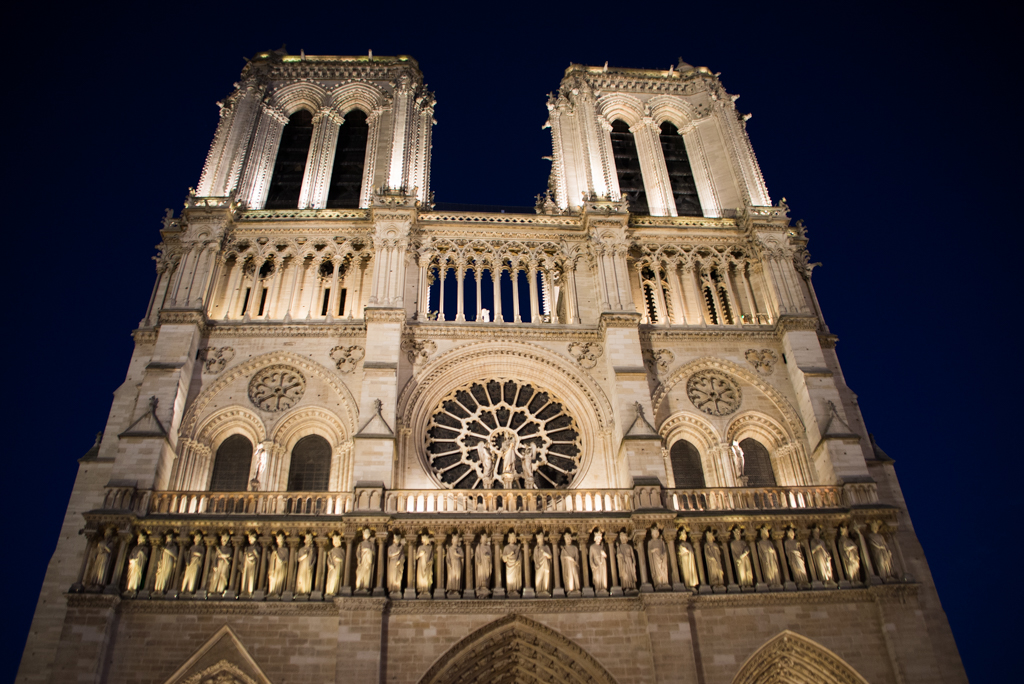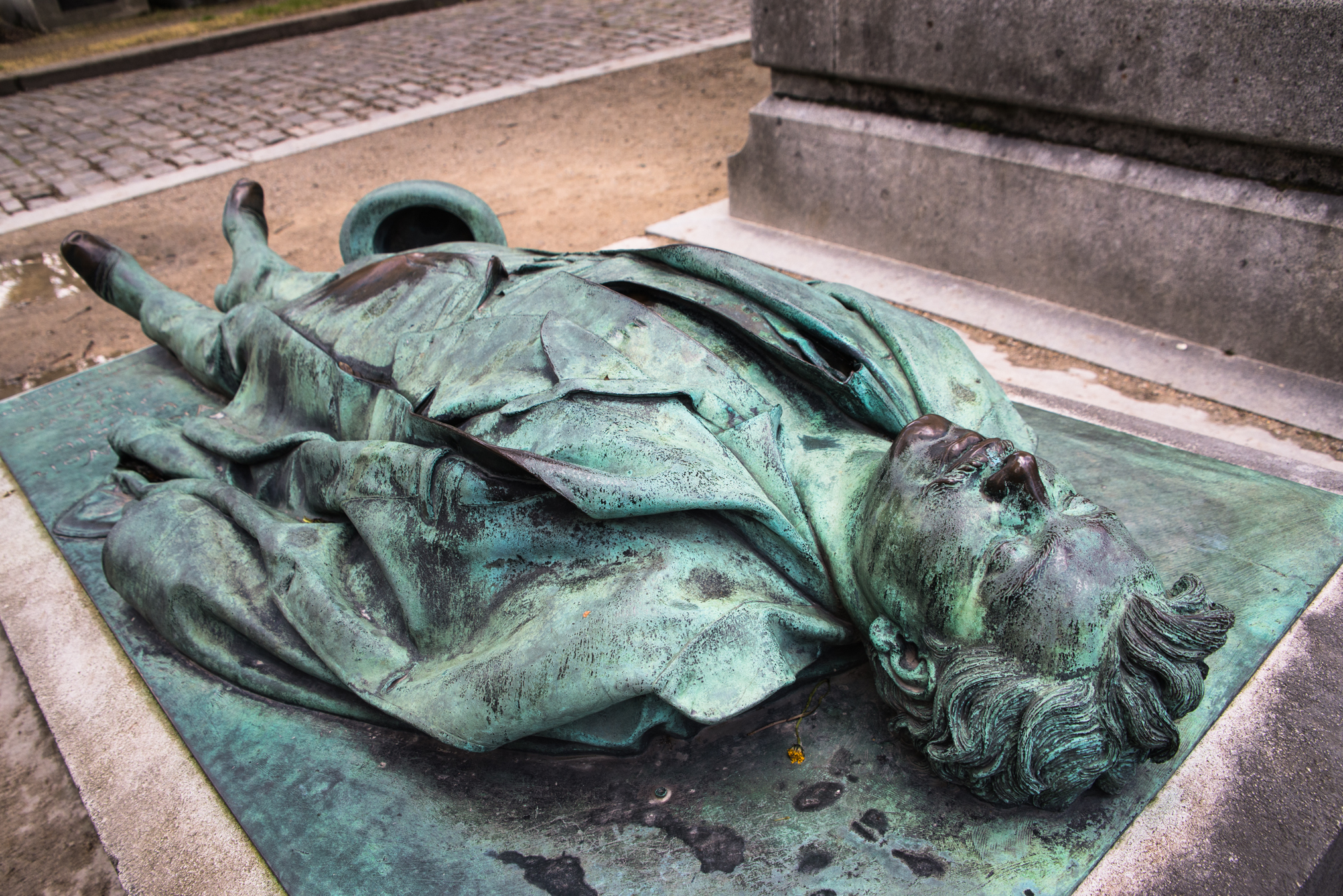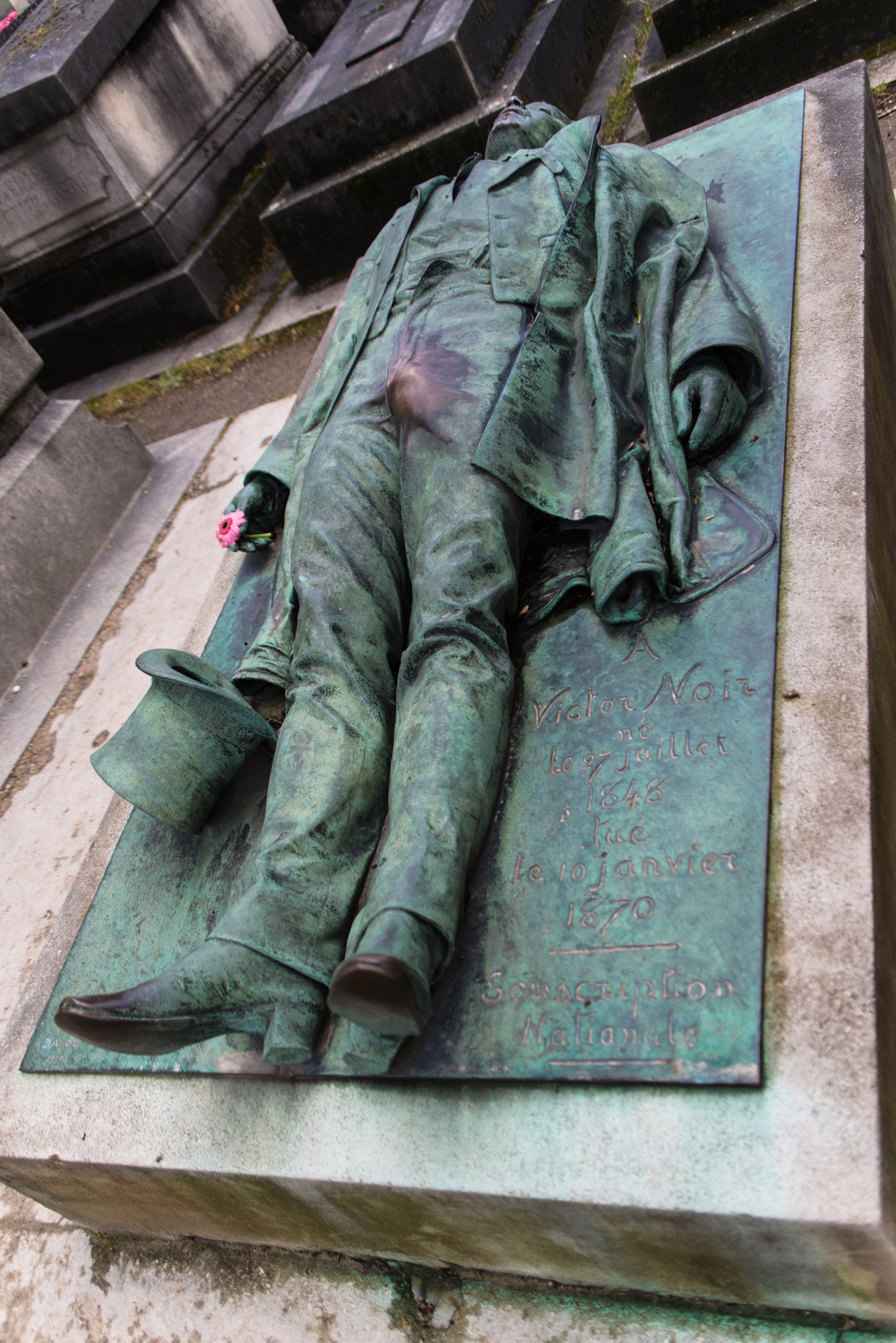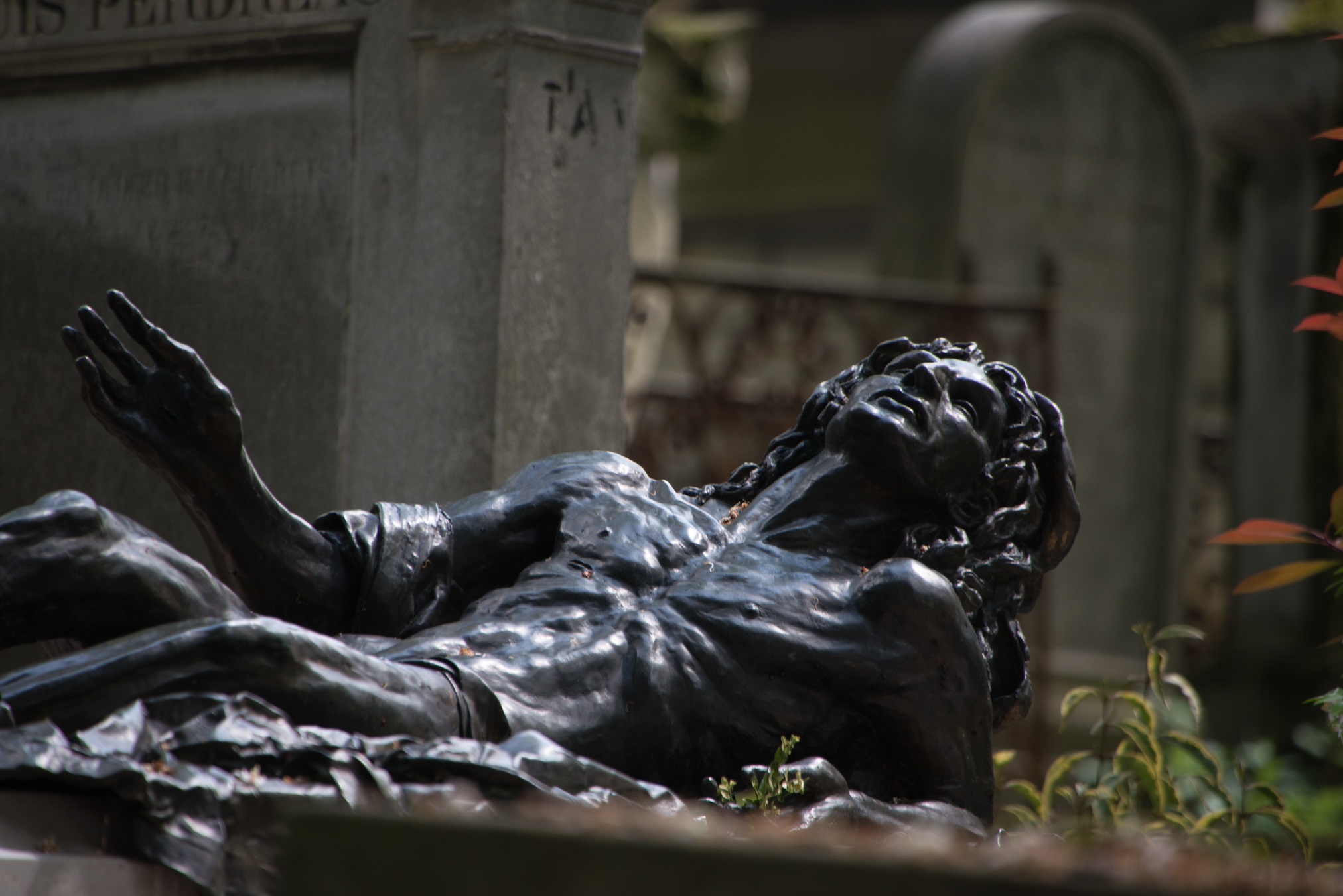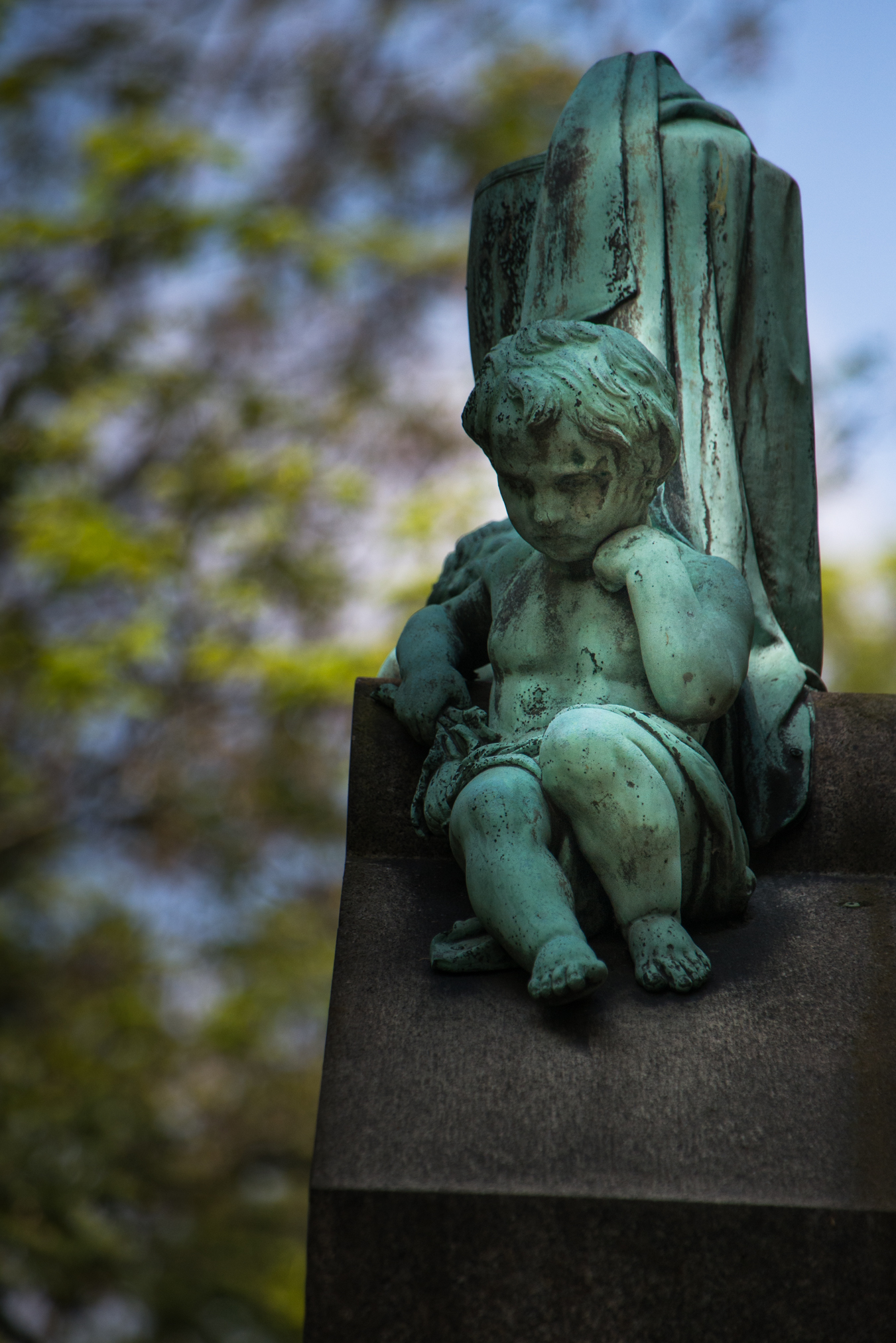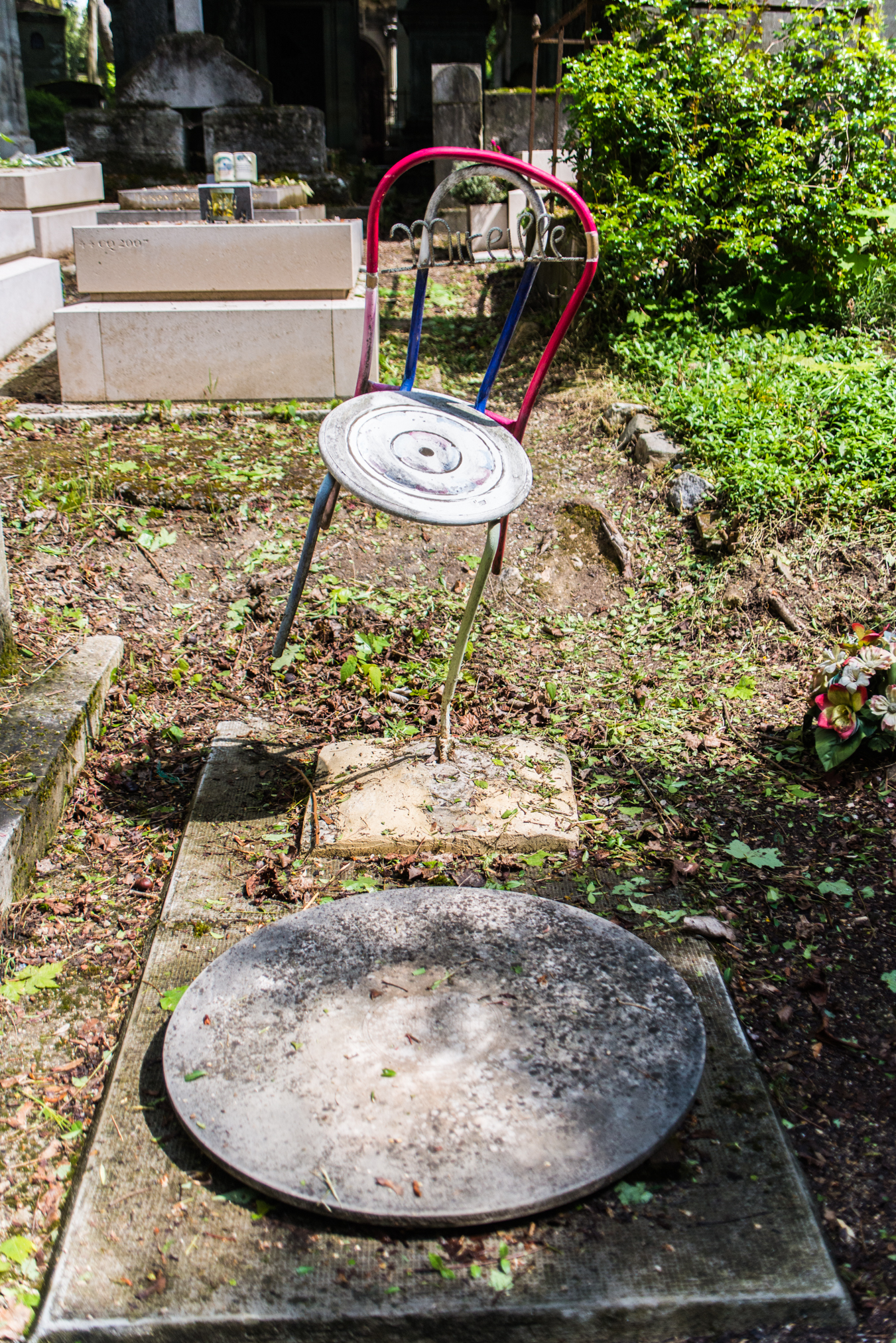Car l’heure de la chute est l’heure de l’orgueil; Because the hour of downfall is the hour of pride, Victor Hugo wrote in the May section of his poem “The Terrible Year.”
The terrible year was 1871. Spring wasn’t marked by the sweet scents of cherry flowers that May, or by lovers strolling along the Seine, but by the bloody and violent smashing of the Paris Commune. In an unparalleled massacre, the French army gunned down thousands of ordinary citizens, men, women, and children alike, flooding the cobblestoned streets of Paris with the blood of the Communards, or of anyone suspected to be a sympathizer. French President Thiers, safe in distant Versailles, had given his soldiers carte blanche for on-the-spot executions – and they performed them with remarkable brutality and hatred. The so-called Semaine Sanglante, the bloody week of May 21-28 1871, cost the lives of more than 20,000 Parisians, and remains a grim example of state terror and popular resistance: of how far a government would go to protect itself against its own citizens, and to what cruelties the dehumanisation of the opponent can lead.
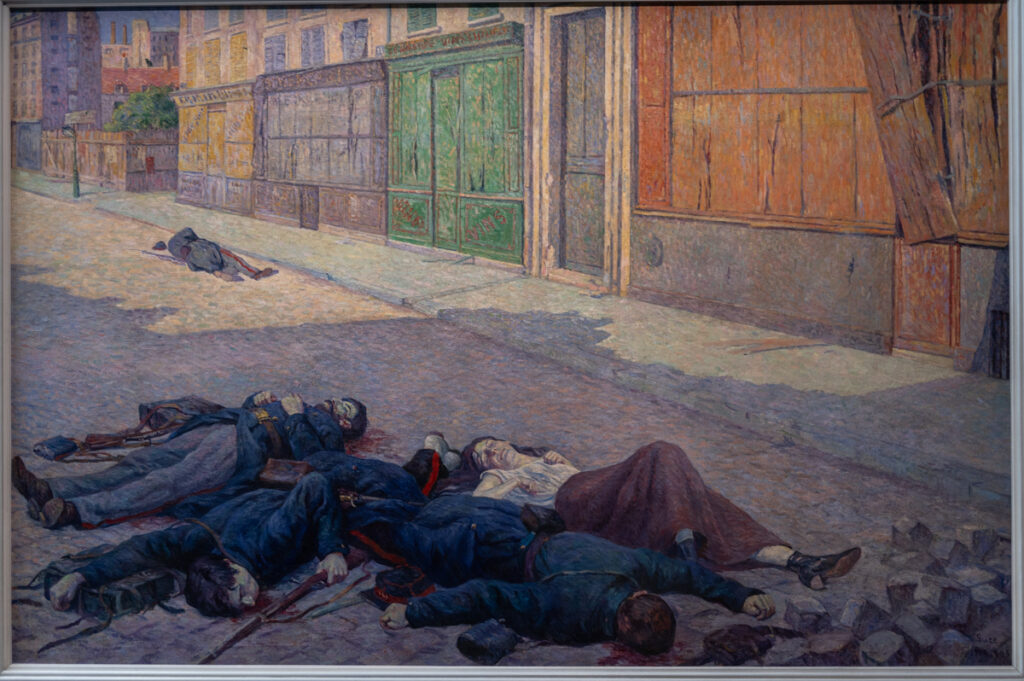
The Paris Commune lasted for only 72 days, but its spirit still resonates: as a first socialist uprising, as the realization of a social utopia, as a state run by workers in their own interest. Although its many laws were quickly revoked, the commune kept inspiring the political left in Europe and beyond. Engels called it the first dictatorship of the proletariat, Marx wrote: ‘Its martyrs are enshrined in the great heart of the working class.” To a modern ear, however, the commune’s decrees don’t sound radical at all: Municipal democracy; obligatory schooling for all children; the separation of state and church; equal rights for illegitimate children; women’s right to divorce. Some demands remain pressing today, like the dedication of vacant buildings to homeless people, or access to art for all.
At age 70, Victor Hugo eyed the Commune with sympathy, yet caution. To the elderly politician and social activist, the communards appeared too radical, too heedless, too militant. They were indeed a motley crew of revolutionaries that mostly met in coffee shops, socialists and anarchists, among them many artists and writers. Their economic and political views were widespread, but what united them was a profound distrust of the church, and a passion to end the hair-raising economic injustice and social inequality of the Belle Epoque.
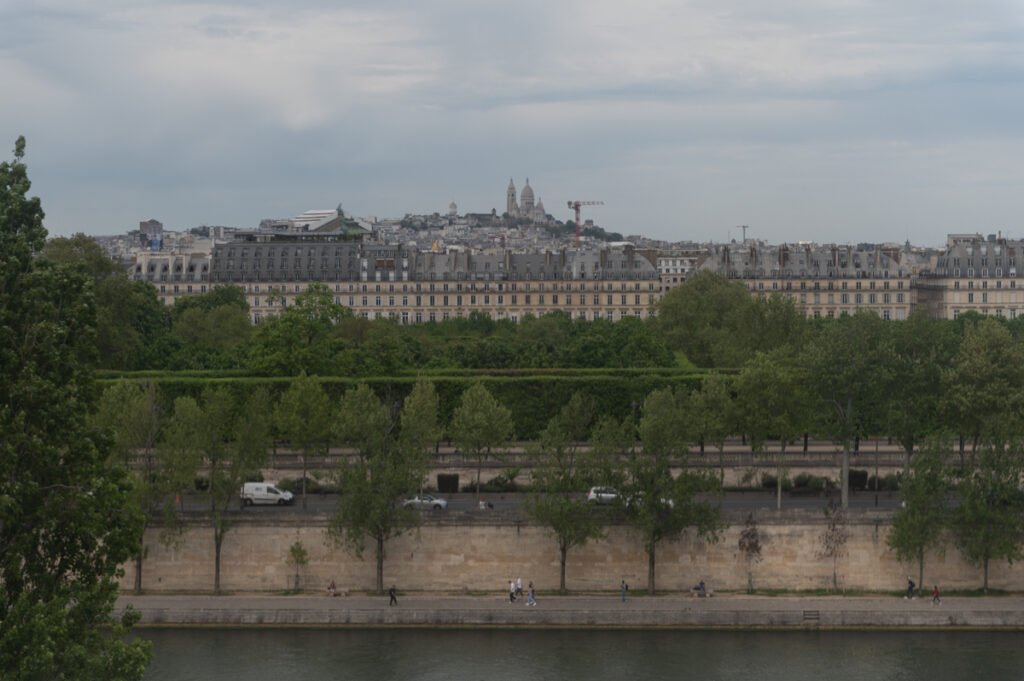
The 19th century was a turbulent time for France, marked by many political upheavals. The last revolution, the one of 1848, had ended with Charles Louis Napoleon Bonaparte, a nephew of Napoleon Le Grand, as the first elected President of France. Backed by small group of wealthy supporters, he had quickly established himself as an authoritarian ruler, and in 1852 declared himself emperor Napoleon III of the second Empire.
The second Empire had brought wealth to the city and seen the rise of the bourgeoisie. Technological progress had turned Paris into a centre of industry, finance, commerce, fashion, science, and the arts. Factories sprouted in the city’s East and attracted thousands of workers from the surrounding countryside. The city grew not only in size to its present boundaries, but also in population, doubling to two million within a few decades.
Napoleon had two railway stations built, and many public parks; a new Opera House for this wife, the Opera Garnier which however would remain unfinished until after the Commune, and a flashy glass palace as a new central market – Les Halles. He gave the Royal Gardens (the Tuilleries) and Royal Palaces an overhaul to make them glitter and sparkle like in their heydays. Numerous museums attracted tourists, as did the absinthe-serving cafés, the établissements, and the courtesans: the alluring demimonde of male phantasies come true.
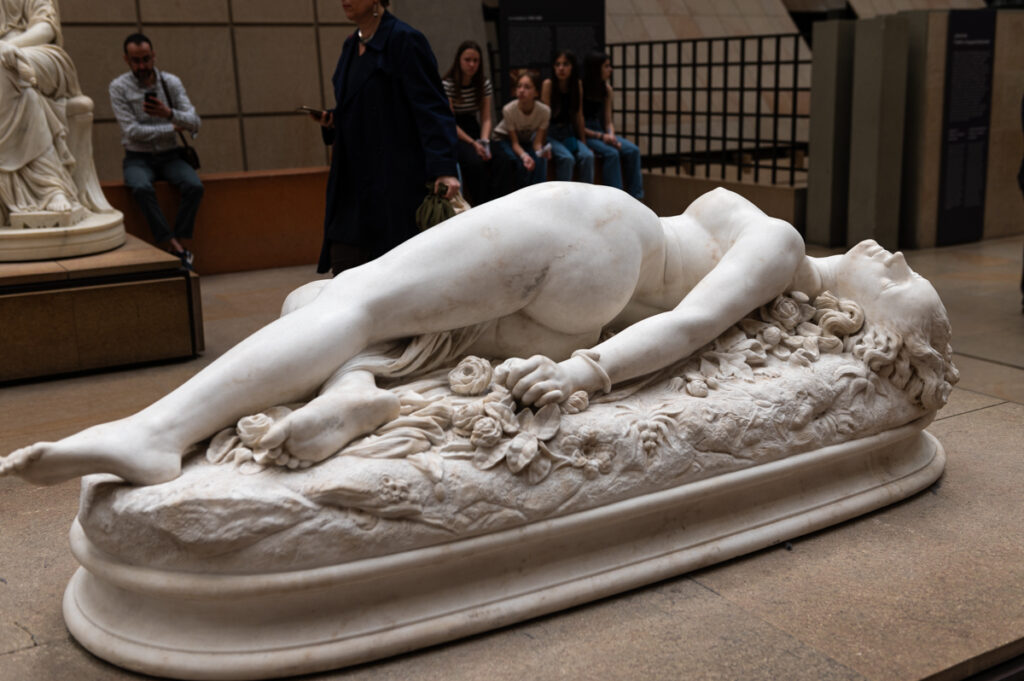
Il est grave : il est maire et père de famille.
Son faux col engloutit son oreille. Ses yeux
Dans un rêve sans fin flottent insoucieux,
Et le printemps en fleur sur ses pantoufles brille.
Que lui fait l’astre d’or, que lui fait la charmille
Où l’oiseau chante à l’ombre, et que lui font les cieux /
Et les prés verts et les gazons silencieux ?
Monsieur Prudhomme songe à marier sa fille.
He is serious. He is a mayor and family father
his faux collar swallows his ear, his eyes
in an endless dream wander without worries
And the flowers of spring sparkle on his pantoffles.
What is the Golden Star to him, what the hornbeam
where the bird sings in the shade, and what the skies
and the green meadows and the silent turf?
M Prudhomme dreams of marrying his daughter.
In Paul Verlaine’s satirical poem Monsieur Prudhomme of 1863, Paris is a pair of pantoffles. Spring has moved indoors. The wildflowers were tamed and domesticated, a deceitful embellishment on a container of a not so well-fragrant inner life. For if the bourgeois were comfortable in their chic apartments, they were also petty, catholic, and strictly hypocritical.
Before he became the famous poet of his later years, Paul Verlaine, of privileged, catholic background himself, was a married clerk in the townhall. He wrote poetry only in his spare time as part of a lively literary scene in the Salons and cafés when the revolutionary movements were gathering momentum. During the Commune he became and Communard, joining the National Guard, and kept his post at the town hall as Head of the Press Bureau, though it is not clear what he actually did there. Only after the Commune’s downfall, would another revolutionary heart and an unbound love affair derail him from his brilliant career.
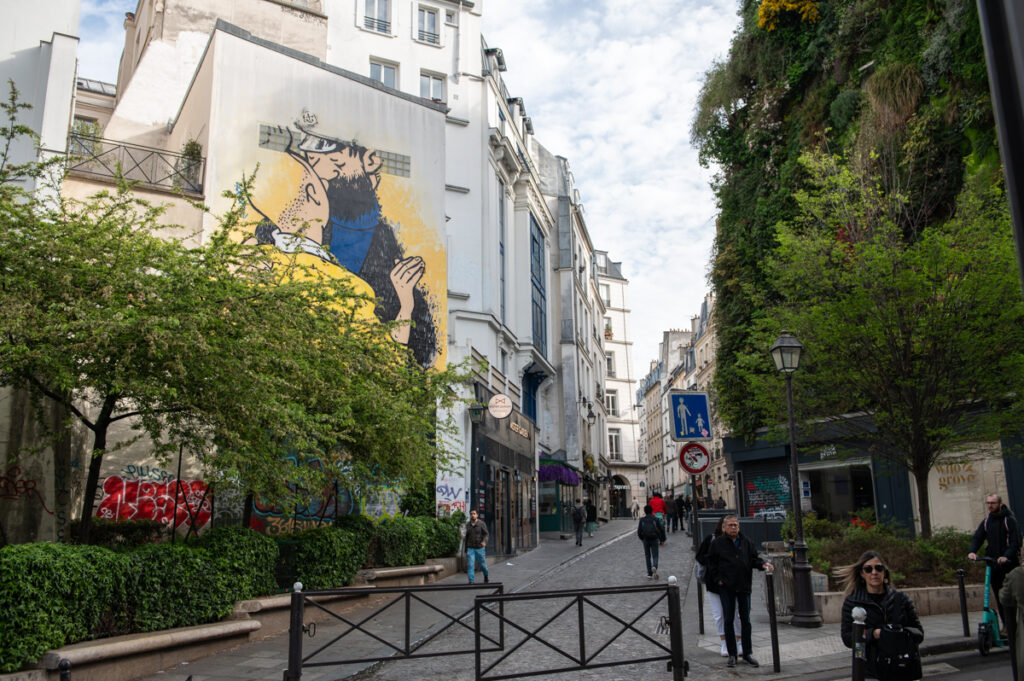
The recent architectural changes had highlighted the division between the beaux quartiers in the affluent West of the city and the sordid, industrialized East. Although Napoleon had installed several social reforms that increased workers’ rights and made education accessible to girls, the fabulous splendour of Paris remained off-limits for most of the Parisians: The workers, crowding the hilly and densely populated quarters Montmartre in the North and Belleville in the East of the city, and Le Marais in the centre, scarcely made ends meet. Wages were low, and women got half the salary of their male counterparts. Although workers fueled the industrial revolution that brought riches to the rich, they themselves didn’t benefit from it.
By 1870, half a million Parisians, a quarter of the population, were living in extreme poverty, and the narrow grey streets of central and Eastern Paris were still gloomy and excrement-ridden as in medieval times. Appalled by the squalor of the workers’ quarters, Hugo started writing Les Misérables. Despite the many revolutions, the conditions of the poor had always remained the same.
‘Belleville is coming down the hill‘ was a wide-spread fear in the beaux quartiers. The growing number of poor people worried many Parisians, as one could expect from devout Catholics. Ambling through the ménagerie of his Jardin des Fleurs maybe, admiring the elephants or the leopard, even Napoleon was appalled by the filthy conditions of the workers’ quarters. So he assigned Baron Haussmann to make Paris Great Again and have them bulldozed. 100,000 apartments and 20,000 buildings were destroyed for the creation of the palace-lined boulevards that still cut straight, starshaped lines into the city.
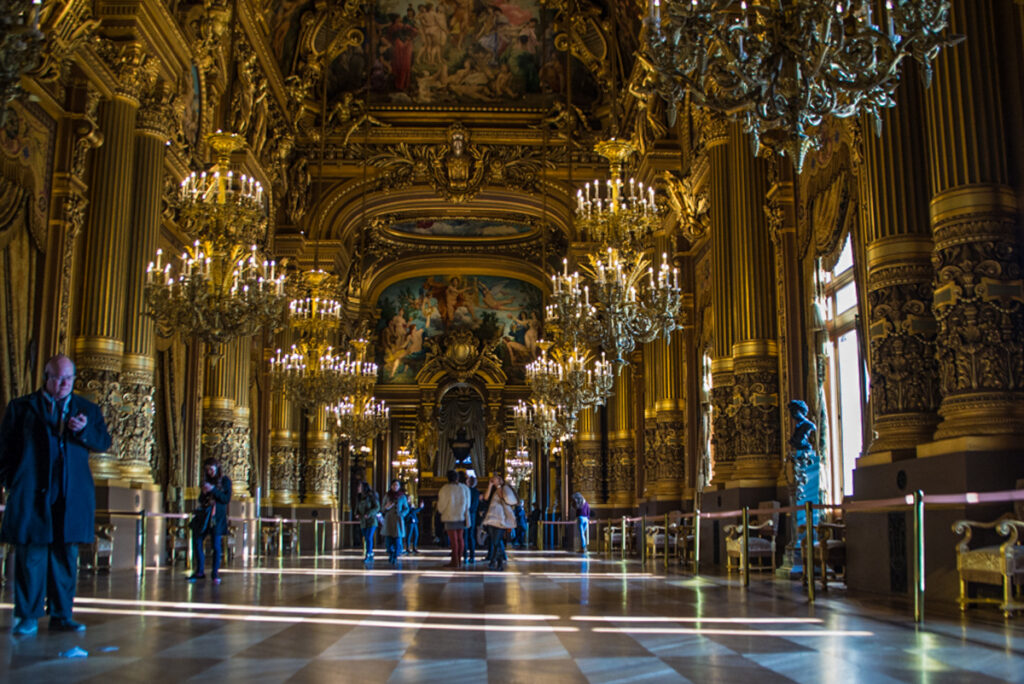
Hausmann’s ‘beautification’ of Paris was a costly undertaking financed through the augmentation of taxes on goods and custom barriers, (plus a little proxy-bond-scheme that would later fail and get Hausmann fired from his job). Of course, the ensuing increase on prices on daily goods on top of the housing shortage, further aggravated the living conditions of the working poor. But, so Napoleon had schemed, the new boulevards would prevent a popular uprising: by running through possibly insurgent quarters and hence hamper the organization of insurrection, and, should that fail, by making for an easy access route for imperial troupes.
That Napoleon had sensed that a revolt was in the air had nothing to do with political or economic insight. He had been informed by his numerous police spies, the so called mouchoirs, that had infiltrated the intellectual and artistic circles of Paris. The 2nd Empire was in fact a police state. But ultimately, Napoleon knew, that what he really needed to gain public support, was a wide-spread sense of patriotism. In other words: a war.
Luckily, the Prussians were at hand, and he swiftly declared war on Bismarck over a minor matter. Bismarck gladly accepted the offer. (He could use a war himself to solidify the new North German Empire.) But if Bismark, as history would prove, was an astute military strategist, the only talent Napoleon III had inherited from his famous uncle was an oversized sense of entitlement. As a military leader at least, he was not the brightest candle on the chandelier, or as the famous painter Gustave Courbet put it, he was ‘an idiot.’
“Monsieur Napoléon has declared a dynastic war for his own benefit and has made himself generalissimo of the armies, who is proceeding without a plan of campaign in his ridiculous and criminal pride.” Courbet wrote home to his family on the countryside.
The well-equipped and excellently trained Prussian army found an inferior opponent in the disorganized French army that lacked everything from maps to ammunition. Within weeks, the Prussians were in Paris, laying siege and starving the population.
“We are passing through an indescribable crisis. I do not know how we shall come out of it.” Courbet wrote. A few months later, he was a leading Communard whose claim to fame was not only the opening of museums and theatres to the poor working class, but the destruction of the Column of Vendome – to him a symbol of imperial barbarity. To others, even among the sympathizers of the Commune, it was just an old piece of architecture. It was radical characters like Courbet that alienated moderate socialists and like-minded dissidents like Hugo. But at the time being, Hugo and Courbet were equally suffering from the Prussians’ siege of Paris. Hugo noted in his diary:
Oct 16: There is no more butter. There is no more cheese. Very little milk is left, and eggs are nearly all gone.
Oct 22: We are eating horsemeat in every style.
Nov 23: It has been raining for two or three days. For two days Paris has been living on salt meat. A rat costs 8 sous.
Nov 27: Pâtés of rat are being made. They are said to be very good. An onion costs a sou. A potato costs a sou.
December 2: It is freezing. The basin of the Pigalle fountain is frozen over. The cannonade recommenced at daybreak.
Jan 2 1871: The elephant at the Jardin des Plantes has been slaughtered. He wept. He will be eaten.
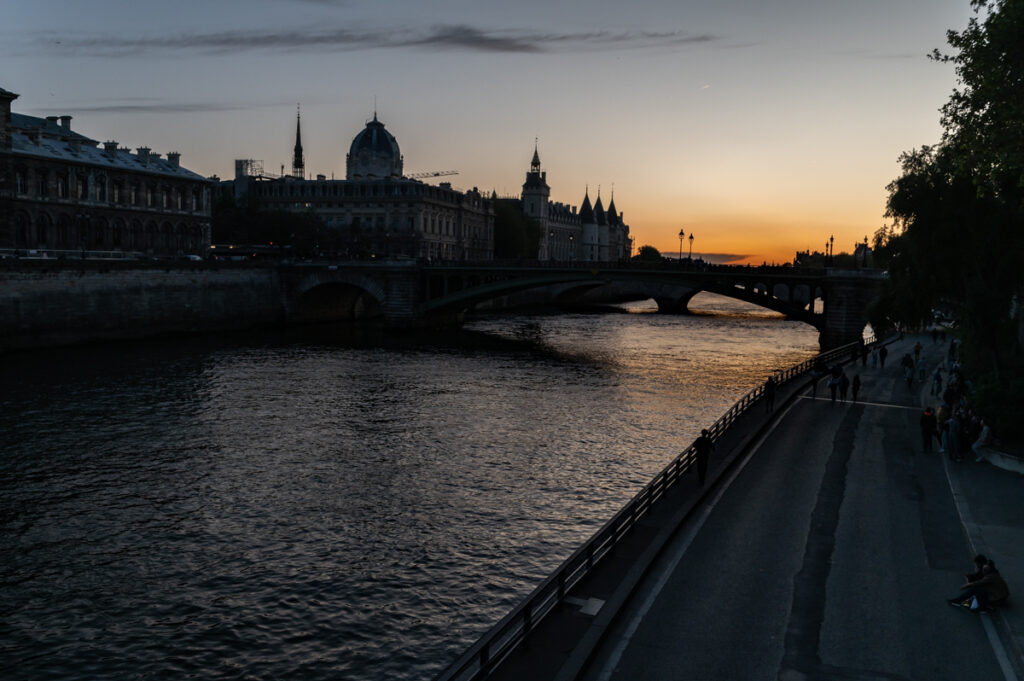
With the French army destroyed, Napoleon didn’t know what else to do than distribute rifles to the civilian population. As Franc-tireurs, they were to take the defence of Paris into their hands. It was a surprising move from someone who had previously relied on spies to monitor his own citizens – and a crucial move for the Communards, who would never turn in their rifles.
But while the People’s Paris, as the working class East was dubbed, held up against the Prussians, starving, dying in the bullet showers of the modern Prussian machine guns, Napoleon surrendered himself, then resigned, and swiftly fled the country. “Napoleon le Petit”, is what Hugo called him.
This was the end of the 2nd empire. Its successor, the third Republic, under the conservative President Thiers, would immediately surrender to the Prussians. The terms of the armistice were harsh – 5 billion francs – and most direly felt by the by the poor: Not surprisingly, the Parisians, who had fought so bravely against the Prussians, were not willing to accept the armistice, nor were they accepting the new government, especially since Thiers was rumoured to install a (Bourbon) monarchy in France again. “It is no longer an army you are facing. It is monarchy, it is despotism,” the revolutionary paper Le Rappel wrote. In defiance and in possession of rifles and cannons, the Commune of Paris constituted itself on March 18, 1871. The declaration read: Paris has no other government than that of the people and this is the best one. Paris is free.
Immediately after the Prussian army had withdrawn from Paris (yet remained close by), President Thiers tried to crack down on the Commune immediately, but failed: his soldiers had fraternized with the Parisians population instead. Thiers went as far as asking Bismarck for help in invading Paris, but the latter preferred to remain neutral. Hence Thiers withdrew to Versailles, where many of the wealthy Parisians who did not identify with the Commune followed him. Soon, Versailles was so crowded that accommodation was hard to find.
In Paris, all the while, the Communards were busy forming a governing body and setting up an army, drafting all male Parisians between 19 and 40 into the National Guard. As it was a democratic grassroots movement, this went painfully slowly. The Communards were stuck in laborious decision-making: in panels and committees and delegations and other intricate forms of bureaucracy. Although a vast number of laws was quickly implemented, it was the lack of hierarchal structure that would later prove fatal. But for now, the Parisians were living their dream: Spring was in the air – it was the time of the cherries.
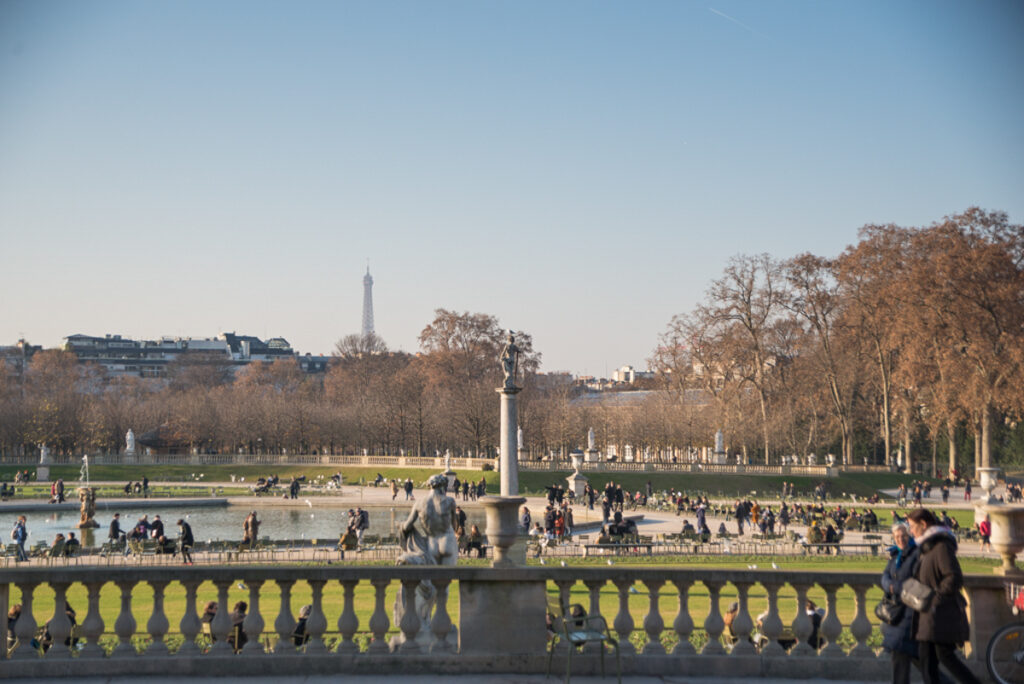
People from the poor quarters strolled through the fancy neighbourhoods in the west, into which they had only set foot before had they been employed as domestic workers – or had they been displaced by Baron Hausmann, pushed to the peripheries. Now they reclaimed their space. And they did so with a lot of joie de vivre.
On Easter Sunday, the Jardin du Luxembourg was crowded with everybody and their neighbour. Ah! Citoyenne, Au, citoyen, Parisians from different social classes greeted each other. In the Tuilleries, where only weeks ago Napoleon and his wife had sauntered, a band played the Marsaillaise and other revolutionary songs. The Louvre and the Bibliotheque Nationale were open to all, and the cafés were crowded. Only Napoleon’s unfinished new Opera stood vacated. It had been turned into a storage facility for food.
“Paris is a true paradise… all social groups have established themselves as federations and are masters of their own fate,” Courbet rejoiced. As a member of the Commission on Education and President of the Federation of Artistes, he was “…up to my neck in political affairs. I get up, I eat breakfast, I sit down and preside twelve hours a day. My head begins to feel like a cooked apple. But despite all this turmoil of the head and my understanding, which I’m not used to, I’m in an estate of enchantment.”
Maybe the most striking aspect of the Commune is how promptly the situation for women improved. Many women took pride in their role as citoyennes, and their demands were addressed in the meetings, and reflected in the laws. Not all communards thought favourable of equality among the sexes, though, but enough did. Most notable among the prominent citoyennes were Karl Marx’s daughter Jenny and his friend, the Russian activist Elisabeth Dmitrieff, writers Natalie Le Mel and André Leo, and, who was probably the most ardent and charismatic among the Communards Louise Michel.
“If equality between the two sexes were recognised, it would be a marvellous victory against human stupidity,” she wrote. “And so far as rebels go, there are quite a few of us now, simply taking our place in the struggle without asking for it.”
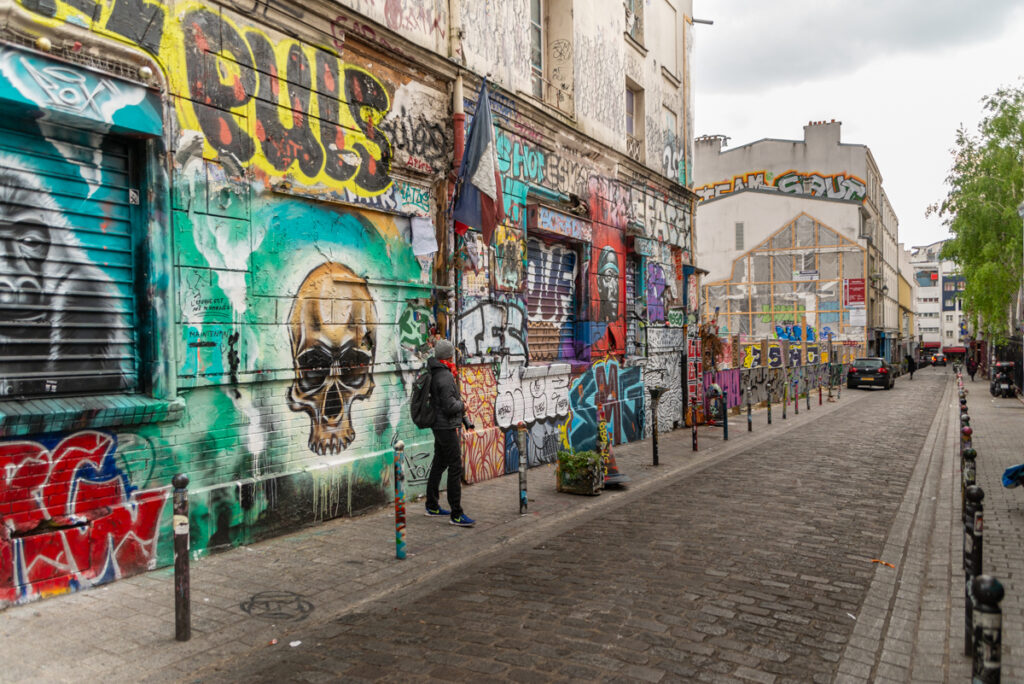
Yet, the question of how to feed the poor remained pressing. The Communards received the modest sum of 700,000 francs as a loan from the bank of France. Not to take control of the bank of France, was, as Engels later pointed out, their main error and the ultimate reason for their downfall:
“The most difficult thing to understand is, indeed, the sacred respect with which the Commune reverently stopped before the portals of the Bank of France. This was also a portentous political error. The Bank in the hands of the Commune – that was worth more than ten thousand hostages. It would have meant the pressure of the entire French bourgeoisie on the Versailles government in the interests of peace with the Commune,” Engels wrote in 1891.
He was right. The Communards had essentially enabled the Bank of France to finance its enemies. The bank of France gave Thiers 258 million Francs to reconstitute an army and on April 2 the Versaillais began the bombardment of the city.
Thiers had not only relied on military weapons to prepare for his attack on the Commune. He had long enlisted the press and the church to whip up hate against the Communards within the population. Communards were depicted as dirty, lazy, immoral – as subhuman, a pest in a moral society, best exterminated. Their anti-clerical stance – let alone their eventual execution of the archbishop of Paris through the radical Communard leader Rigault – made the Communards especially suspect for the devout rural population from where the majority of Thiers’ soldiers stemmed. As did emancipated women who were regarded as a threat to public order, (or God’s divine order), especially women uniform or in pants: since 1800 the wearing of pants by women had been forbidden by a law. (This law was only overturned in 2013).
That the commune was not (only) a political insurrection, but a counter-cultural one, is best expressed in the poetry of Arthur Rimbaud. A teenager in the rural and strictly catholic Charlesville, he dedicated many poems to the commune.
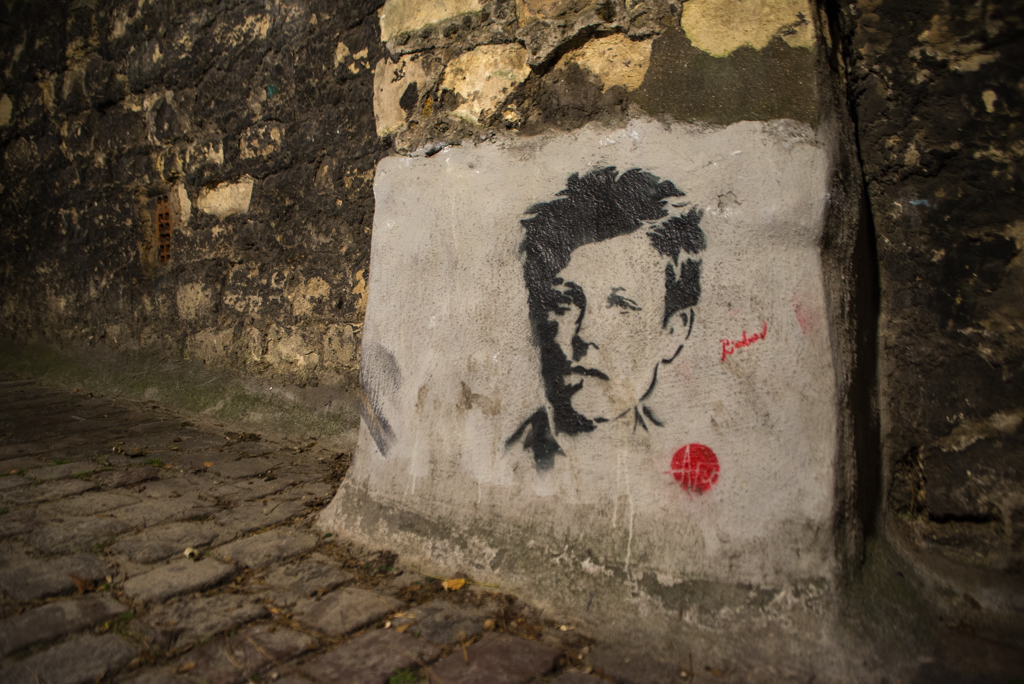
Although he never joined the fight on the barricades, his poetry, unbound in its defiance of bourgeois standards and catholic values, and in its indulgence in life in its utmost physicality and emotionality, captured the spirit of the commune. The eternal teenager, the poet Arthur Rimbaud (Rimbaud famously abandoned poetry at the age of 20 and became a quite different, rather misanthropic adult) is still a kind of patron saint to the Belleville of today: Paris 20ieme arrondisement is now a multi-cultural hot spot of subculture, and the cradle of French punk. Les Rita Mitsouko gave their first concert at the Bataclan. ISIS chose the concert venue for their attack on the “Western way of life” in 2015. Once the stronghold of the Commune, Belleville is still a hotbed of insubordination and anti-religiosity, its name a synonyme for counterculture, a thorn in the side of any totalitarian regime.
He, hair pomadé, on a desk of mahogany,
Read a bible with cabbage-green lithography.
Each night in his alcove, he suffered through nightmares.
He did not love God, but men, who in the fawn-coloured airs
of dusk returned to their quarters, in blackened smocks;
where town criers, with three drum rolls, made people flock;
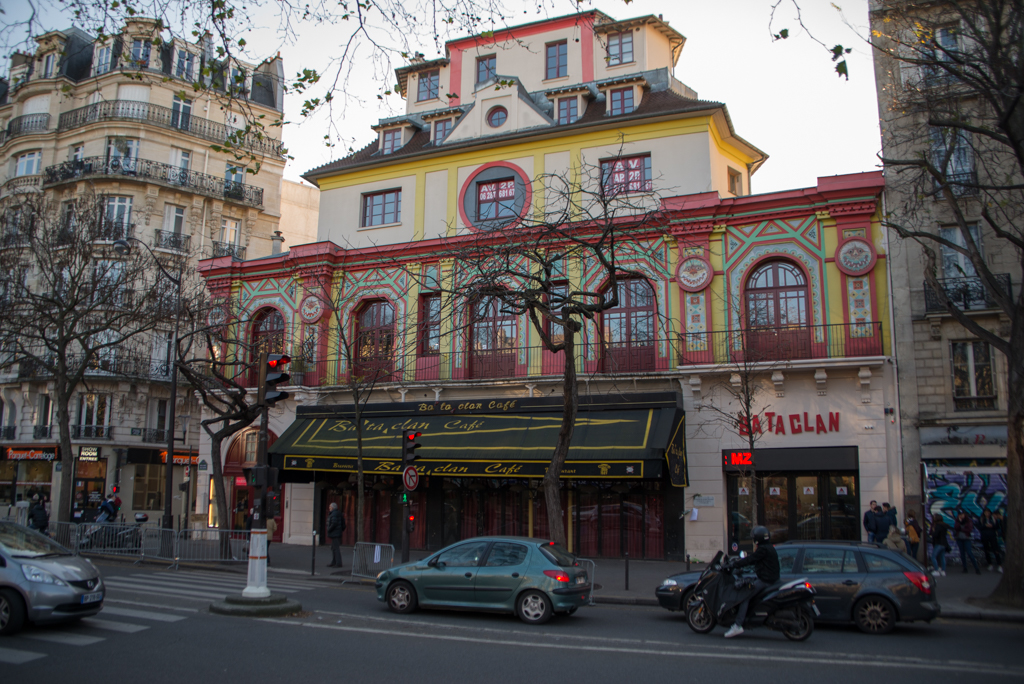
Je est un autre – I is another – surely is Rimbaud’s most popular quote, referring to the gap between the inner and the outer self. But in his solidarity and identification with the insurgent workers of Paris, whom he likened to women and suppressed people of the colonies, this could be understood as well as ‘I is the other”, anticipating the both the feminism of Simone de Beauvoir and the anti-colonialism of Frantz Fanon.
“When the unending servitude of women is broken,” Rimbaud wrote, “when she lives by and for herself, when man – until now abominable – has given her her freedom, she too will be a poet.”
When the Versaillais troups at last attacked, it took them only a week to take Paris. This was not merely due to the fact that they outnumbered the Communards’ National Guard by far, and that they simply sidestepped the barricades by entering the buildings; and that they were helped by Parisians who did not sympathize with the Communards: The Commune’s lines of defence suffered primarily from a lack organization, discipline and military hierarchy. Communard officers were notoriously unorganized unreliable, as they were mostly drunk and/or still caught up in some panels and committees where they were more engaged in jealousies and rivalries than actual fighting.
Among the last ones fighting for the lost cause on the barricades, were not the Communard leaders, but ordinary men, boys, and above all women. Some fighting from sheer desperation, having lost their husbands, or others driven by rage and revenge, having lost their brothers, fathers, or sons. Many from conviction to never again lose their newly gained freedom as a woman and citoyenne.
In his poem “The Hands of Jeanne-Marie, Rimbaud wrote:
They are pale, they’re marvelous,
In the great sun of love and ambition
On the bronze of the mitrailleuse
In the Paris of insurrection
These could have easily been the hands of Louise Michel, whom combat didn’t seem to frighten: not “the red teeth of the machine guns flashing on the horizon… It wasn’t bravery, I just thought it a beautiful sight. My eyes and my heart responded, as did my ears to the sound of the cannon. Oh, I’m a savage all right. I love the smell of gunpowder, grapeshot flying through the air, but, above all, I’m devoted to the Revolution.”
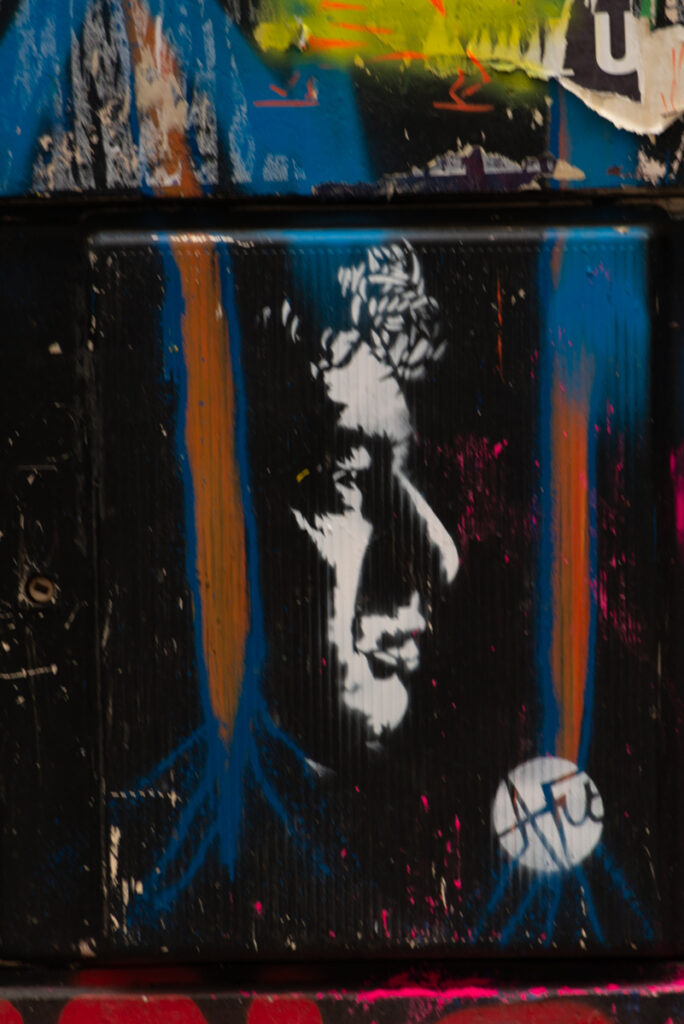
The so called Petroleuses, a kind of early female suicide bombers, were rumoured to set Paris on fire whenever the Versaille troups had advanced, reducing half Paris to rubble and ash. Even though there is no evidence for this, their fame reached almost mythological dimensions, both as heroines and public enemy.
It is a matter of fact, however, that Communard women weren’t spared by the hatred by the Versailles soldiers, but received even harsher treatment: humiliation by exposing their breasts or naked bodies, and rape, both before or after getting shot.
In Belleville, where the final fighting took place, the blood shed was outrageous. The Versailles troupes had the Communards stand in double file against the walls, (as the wall of the Fédérés at Cemetery Père Lachèse commemorates) so executions would go fast and efficiently, as a single bullet could kill two – uniting two bodies like a pair of blood red cherries.
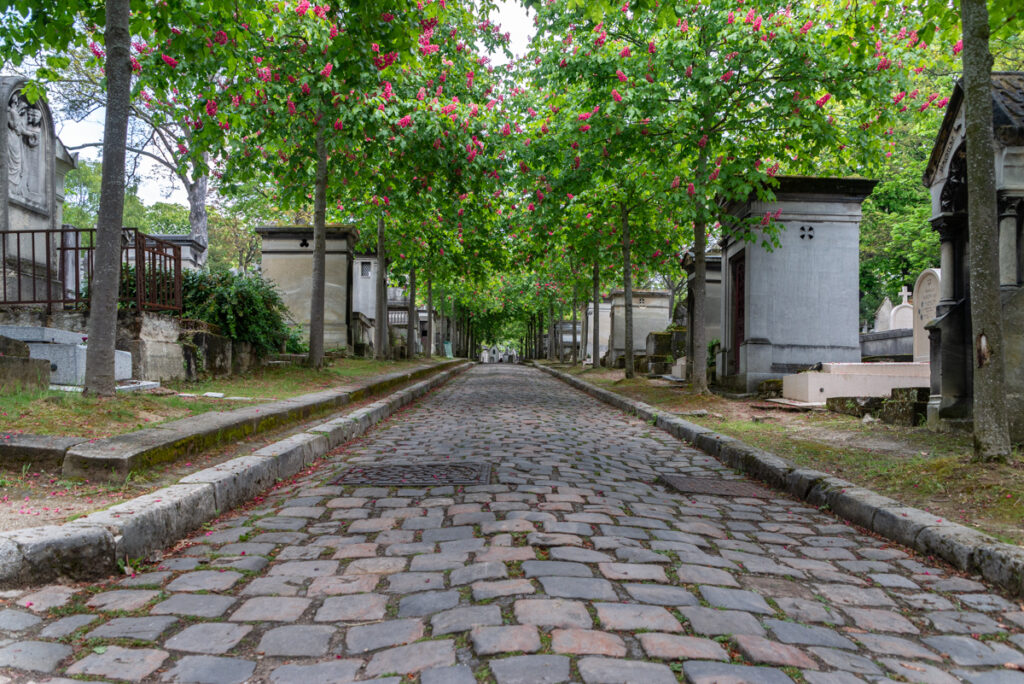
The Communard Jean-Baptiste Clément had written the song “Les Temps des Cerises – the time of the cherries” in 1866 already as a simple love song, but in the midst of the massacres, he dedicated the song to the Commune as their blood dripped from the barricades like ripe cherries falling from the trees in May.
Mais il est bien court, le temps des cerises,
Où l’on s’en va deux cueillir en rêvant
Des pendants d’oreilles.
Cerises d’amour aux robes pareilles
Tombant sous la feuille en gouttes de sang.
But it is short, the time of the cherries
When the two of us gathered them pretending they were earrings.
Cherries of love in identical red robes
Falling from the leaves in drops of blood
To this day, it remains a hymn of freedom and justice of the political left in France. For the rest of France, it is still the anodyne love song of lovers with cherries on their ears.
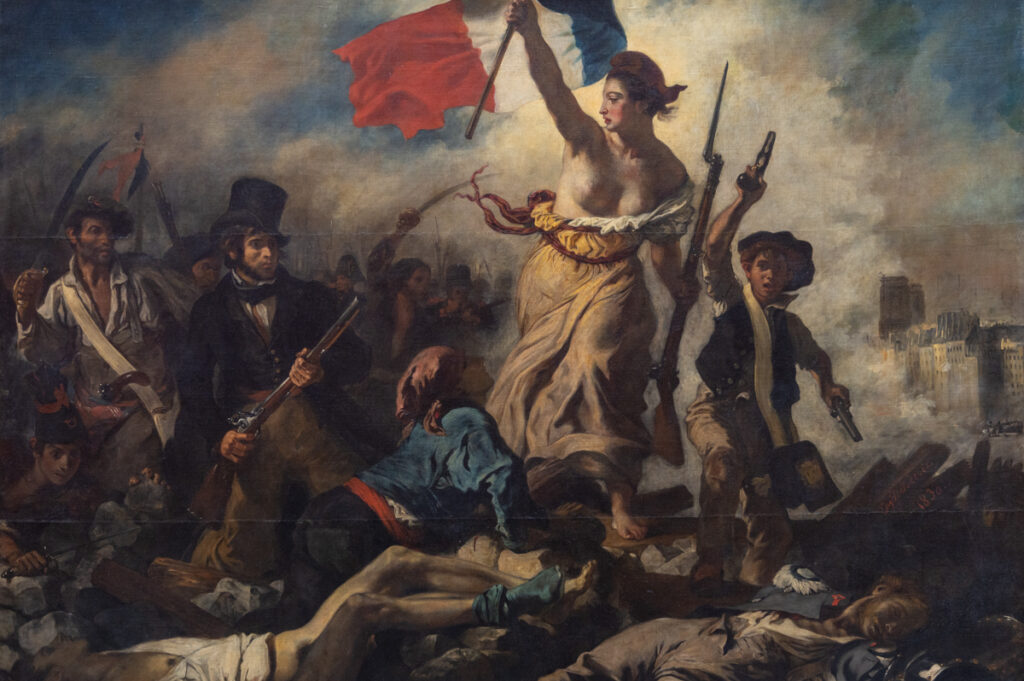
During the Semaine Sanglante Gustave Cobert had managed to go into hiding, then was imprisoned for six months, after which he went into exile. Paul Verlaine, too, survived the week in hiding. He met Arthur Rimbaud in summer 1871 only, and, in summer 1873, after a tumultuous love affair, shot at him. He was subsequently was imprisoned for attempted murder.
Louise Michel survived the carnage. Caught on the barricade, she demanded to be shot like the others, but, for fear of martyrization, she was taken prisoner and deported to the colonies in New Caledonia, where she promptly solidarized with the locals and organized an insurrection.
The commune was only a short chapter in the history of France, but the blood shed was not in vain. France is a laic republic now, and the French are still notoriously revolutionary and prone to strikes and demonstrations. But quickly, the Parisians turned the page. The cafés filled again, and the theatres, the Louvre and even Opera Garnier was finally finished. In 1800, after a general amnesty for all former communards, Louise Michel returned to Paris.
“We lived in the future, in the time when people would be more than beasts of burden whose work and blood other people made use of,” she said, looking back.
